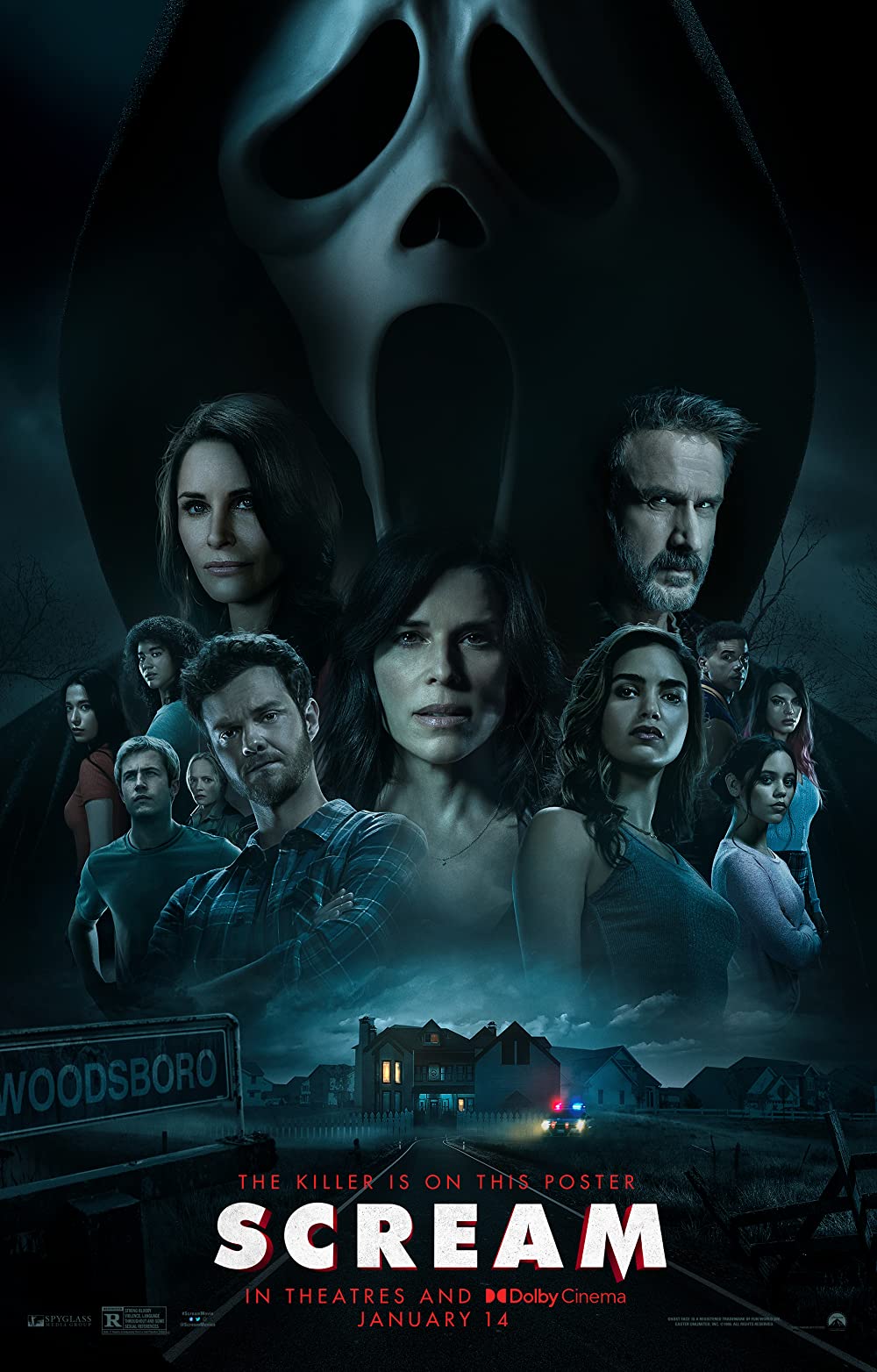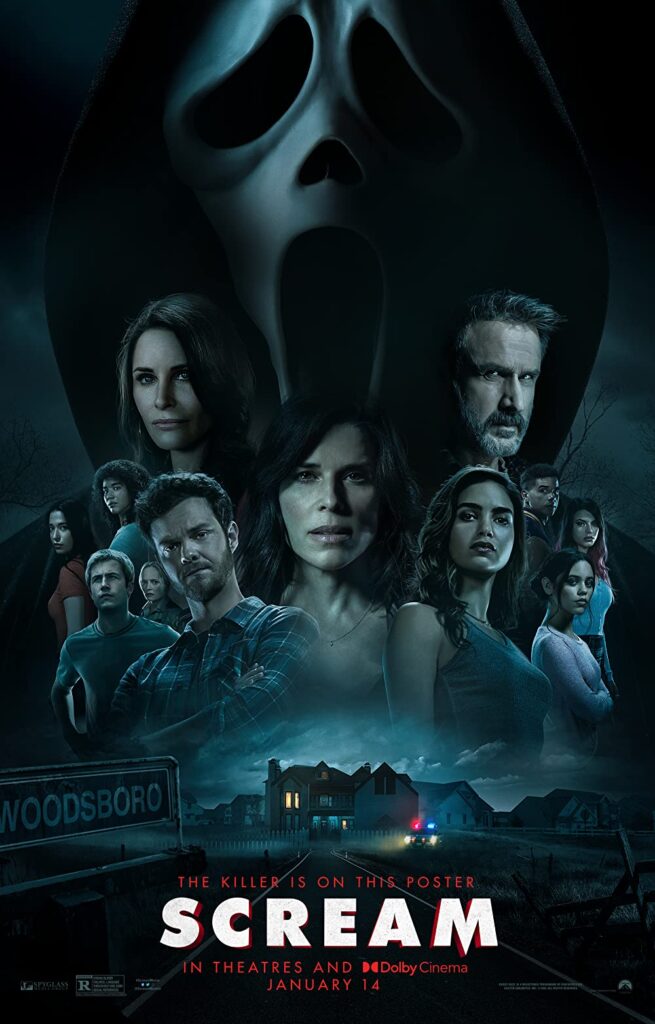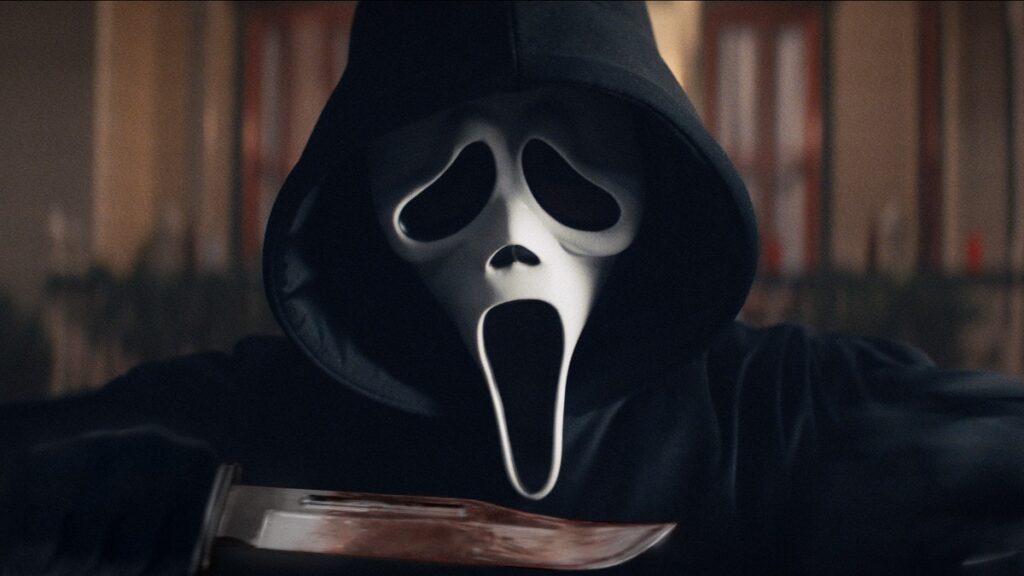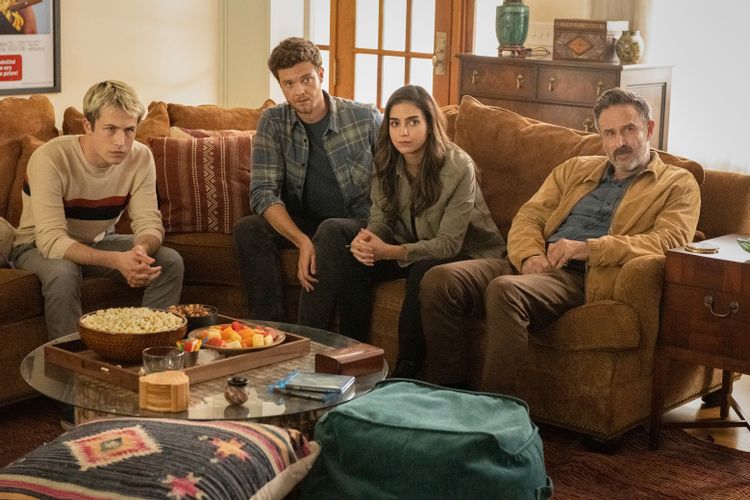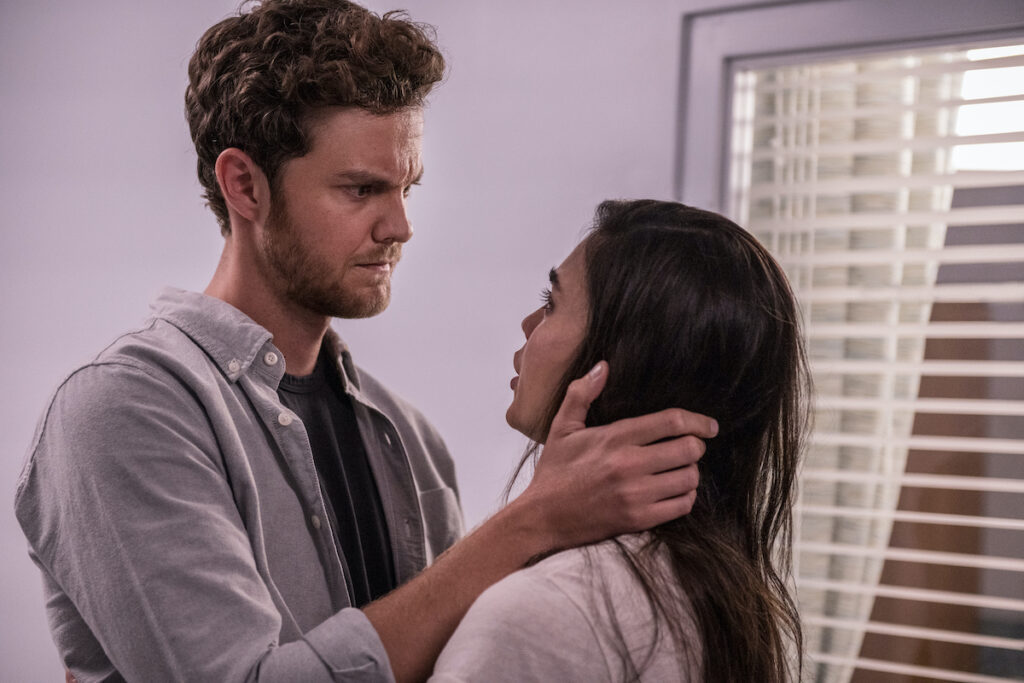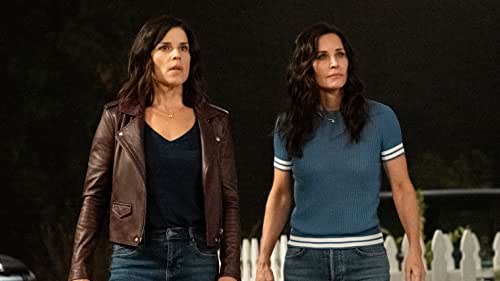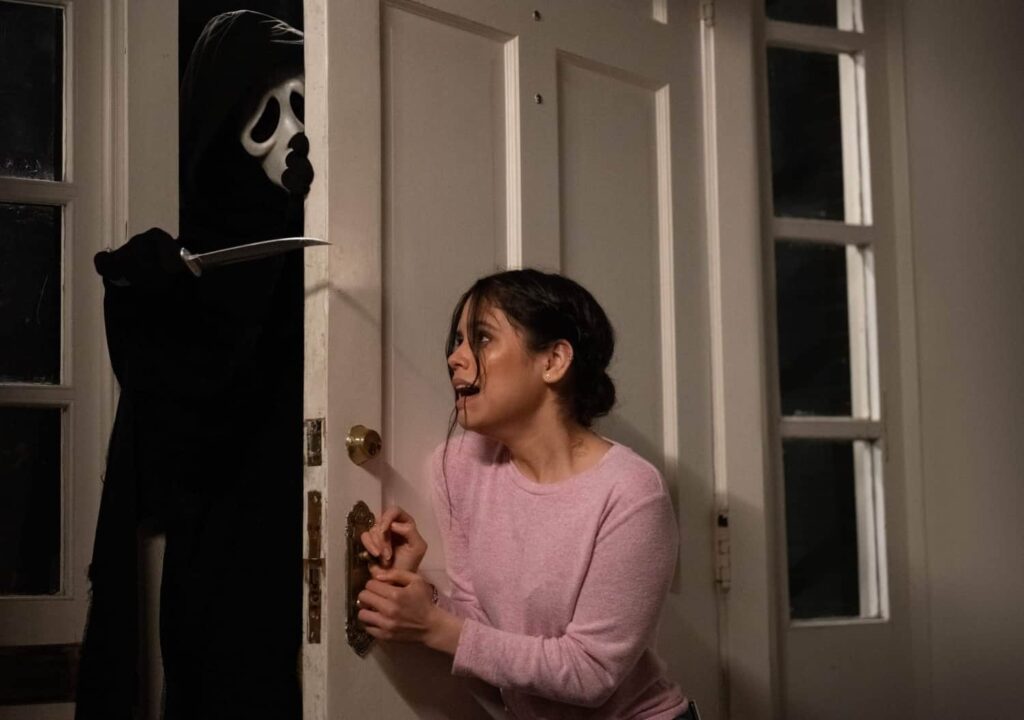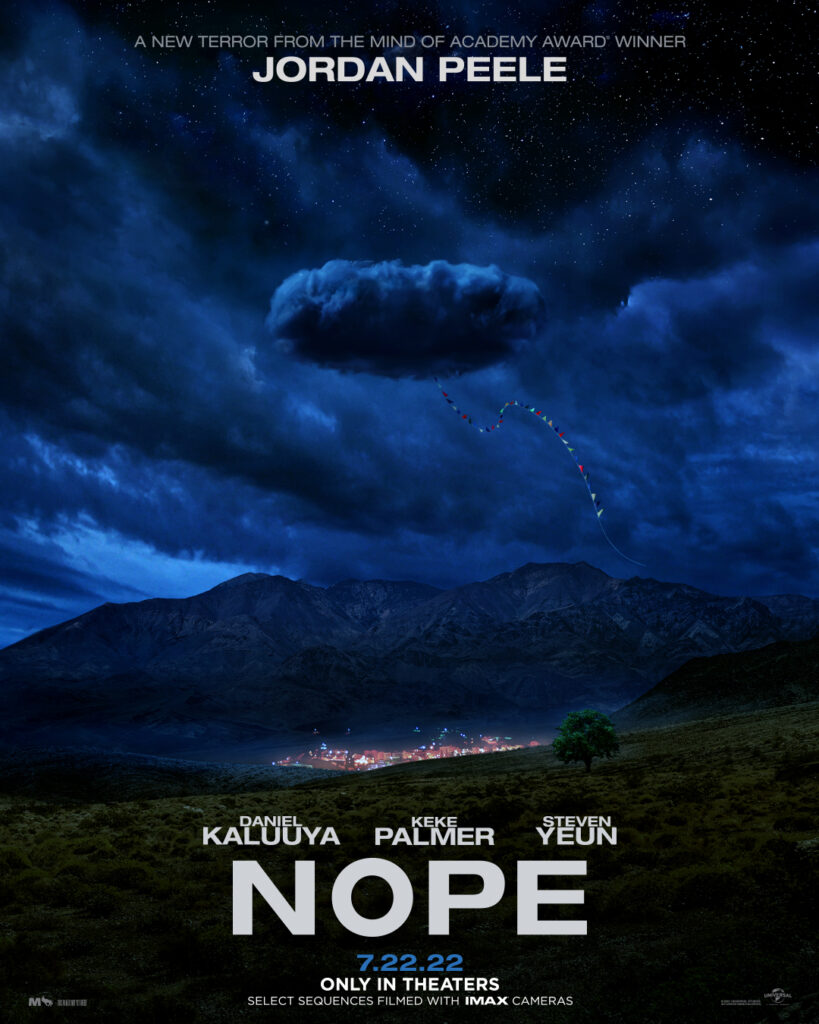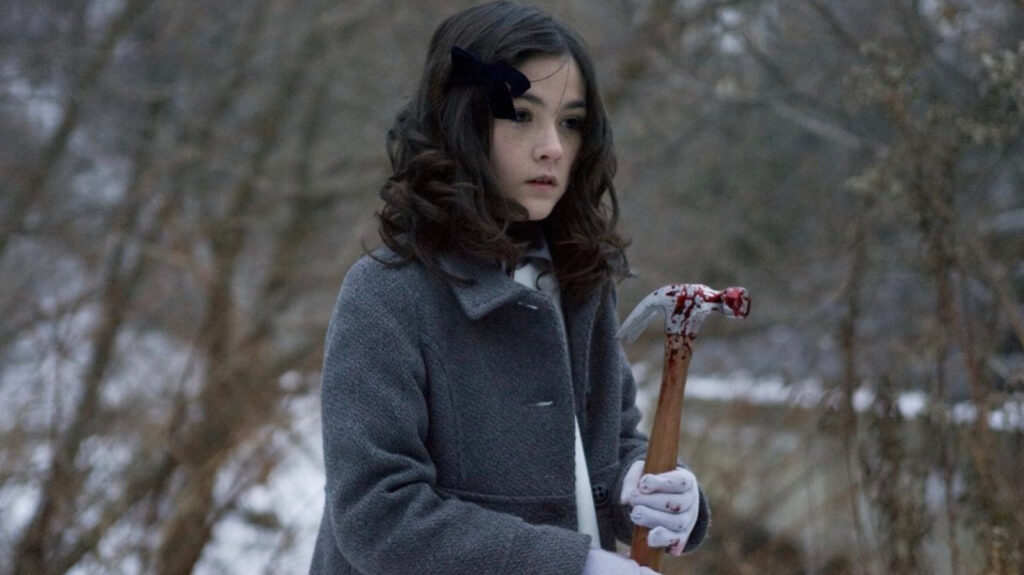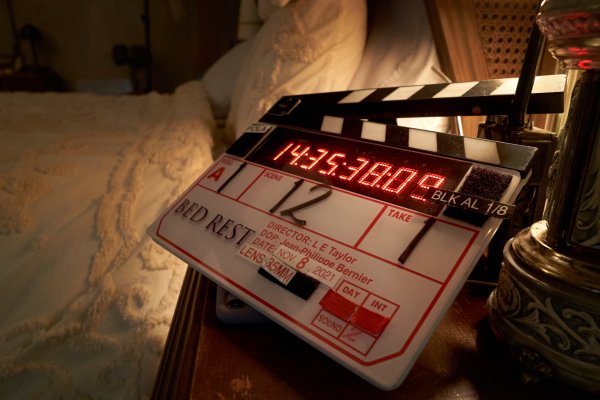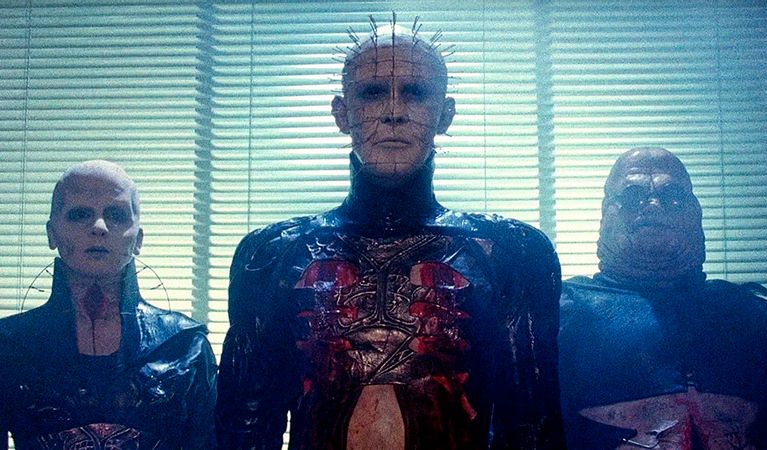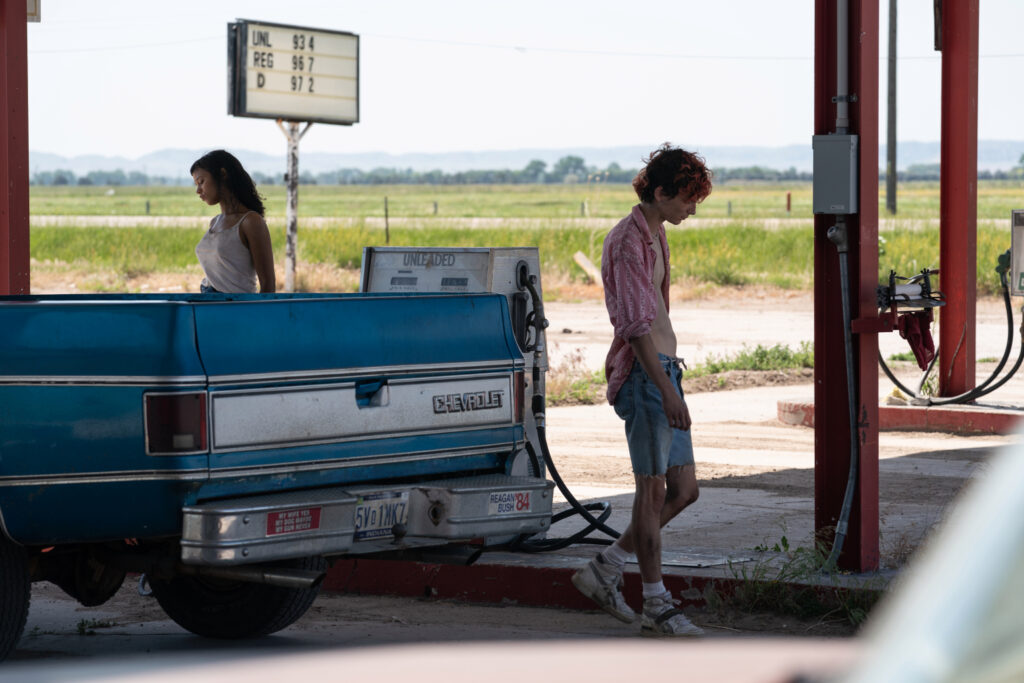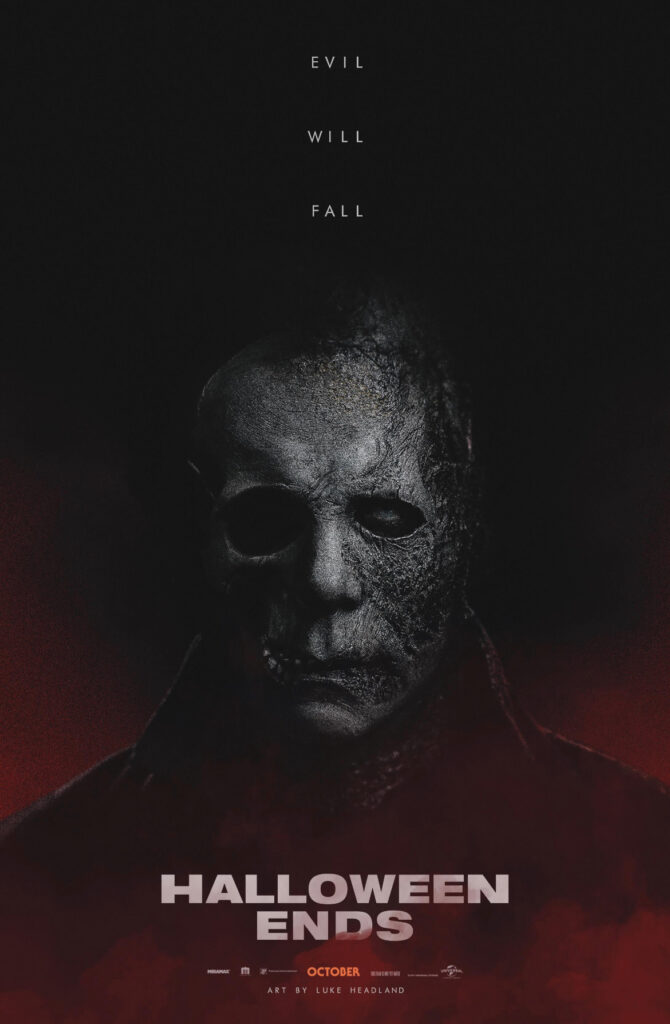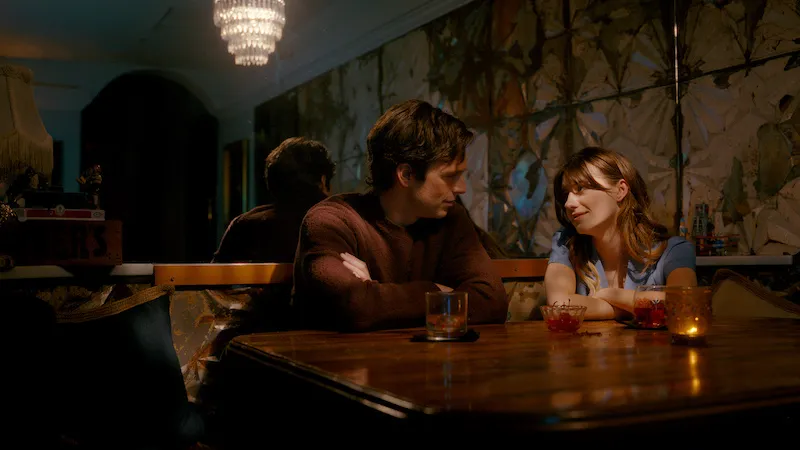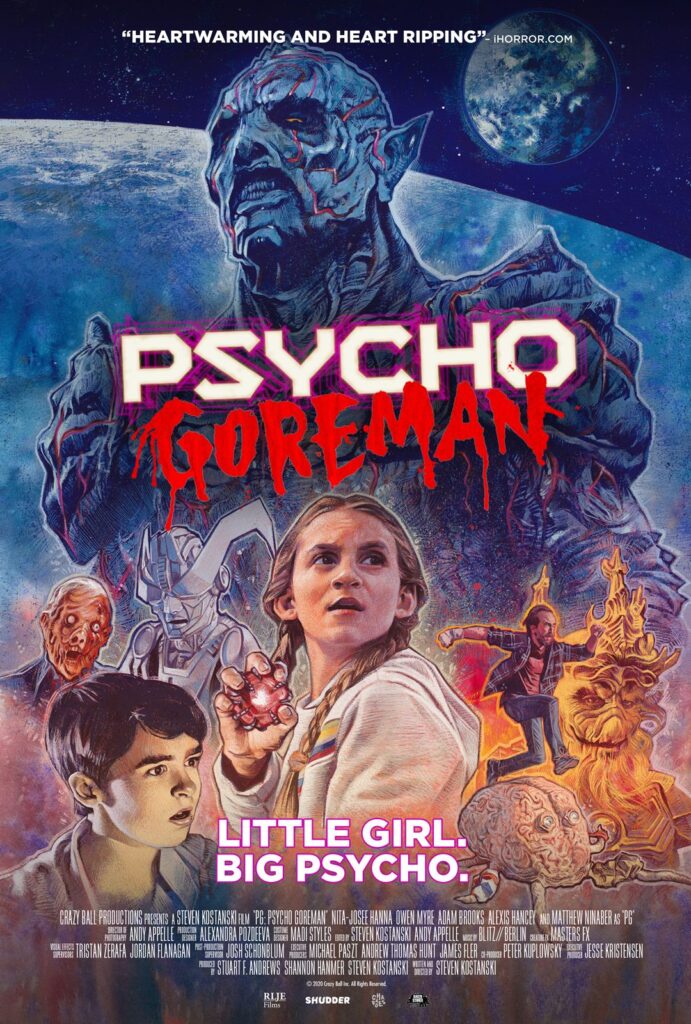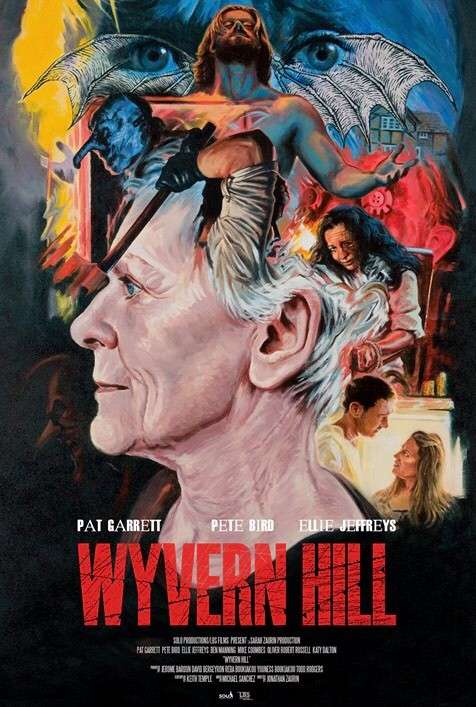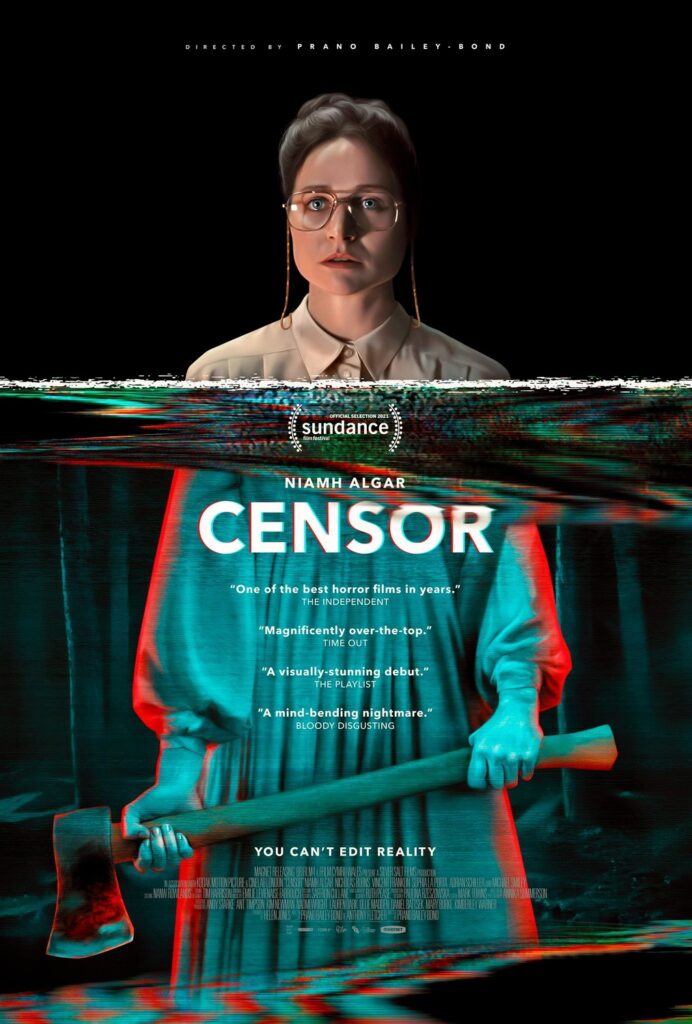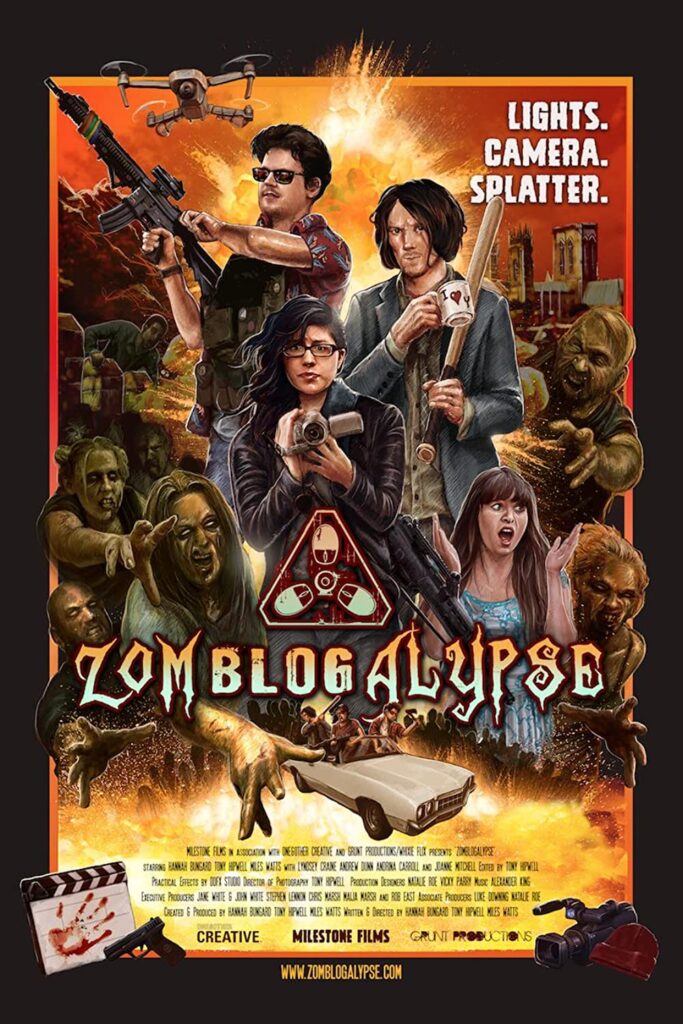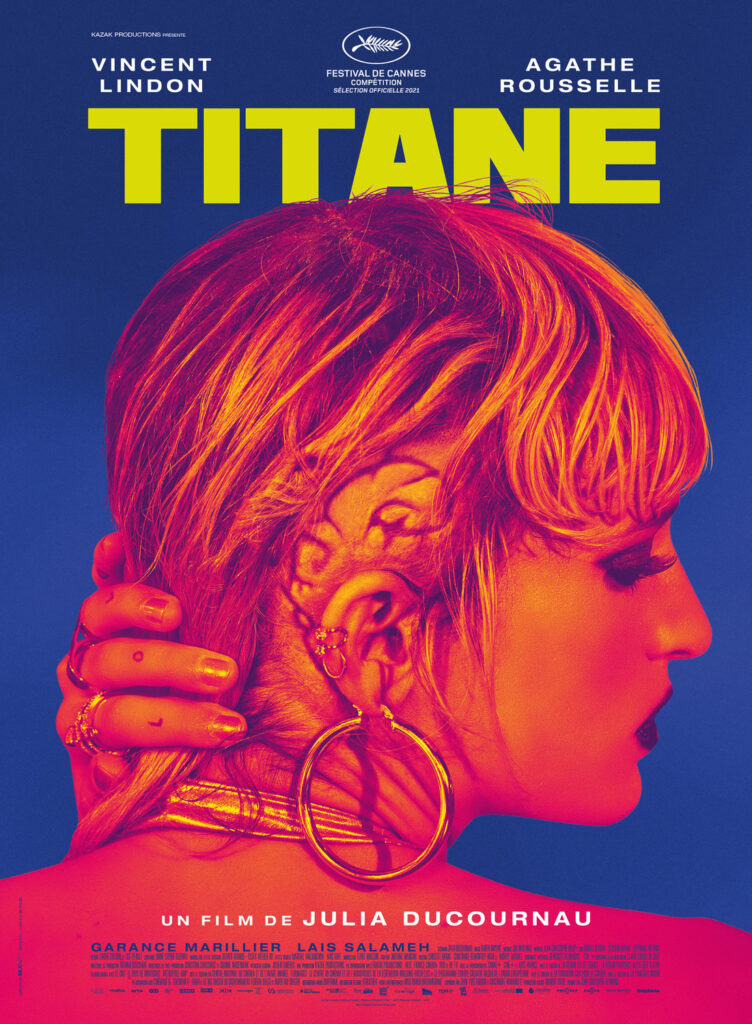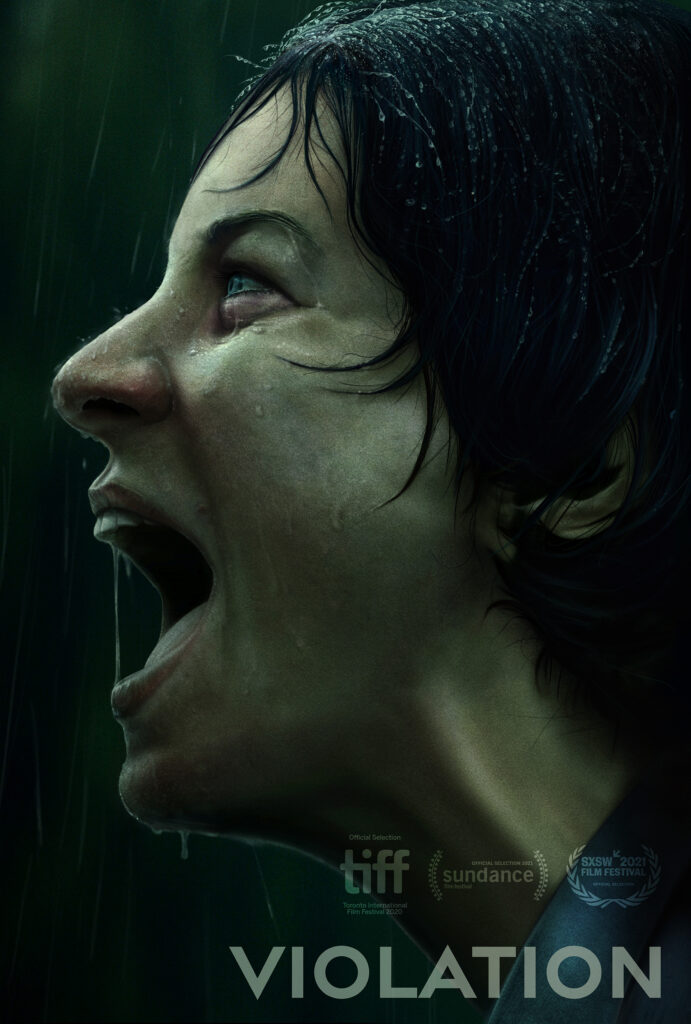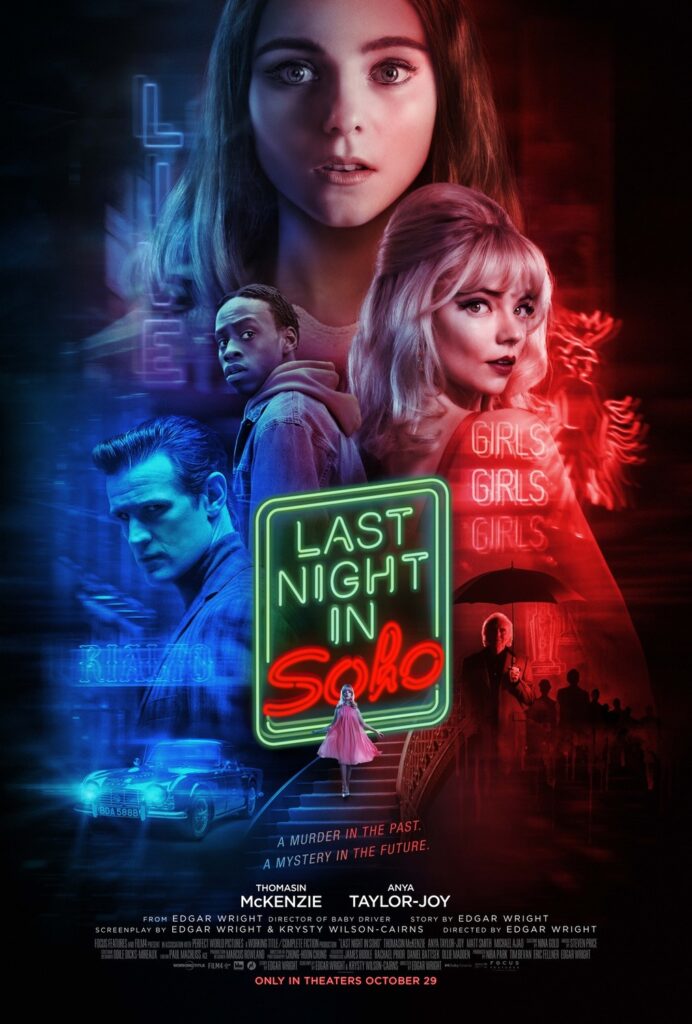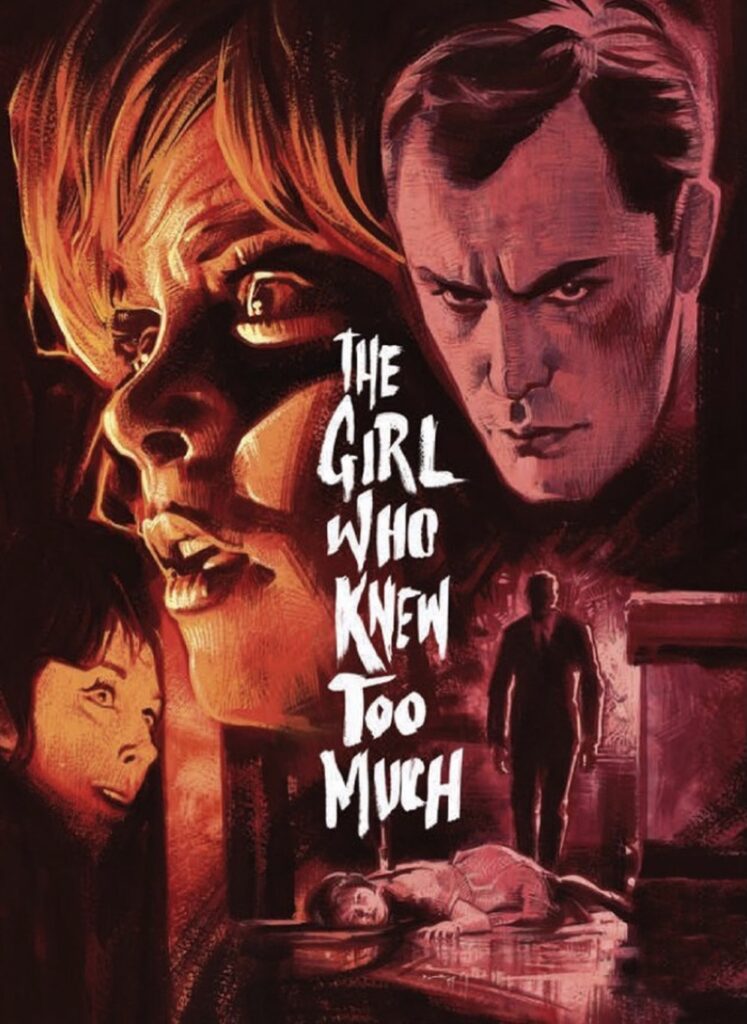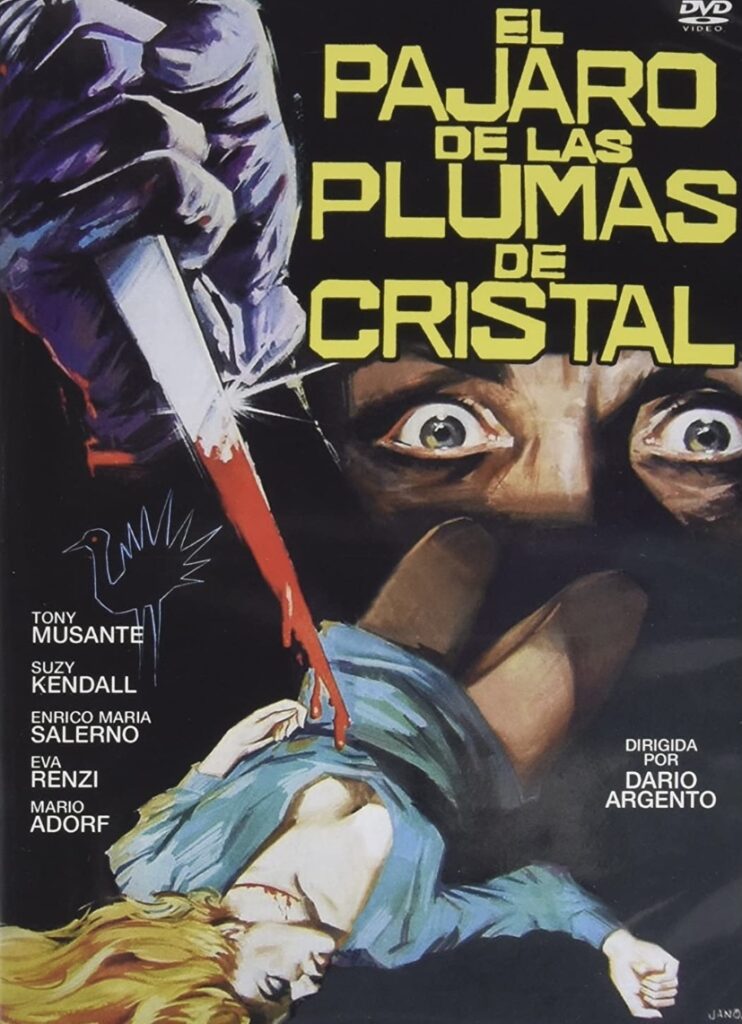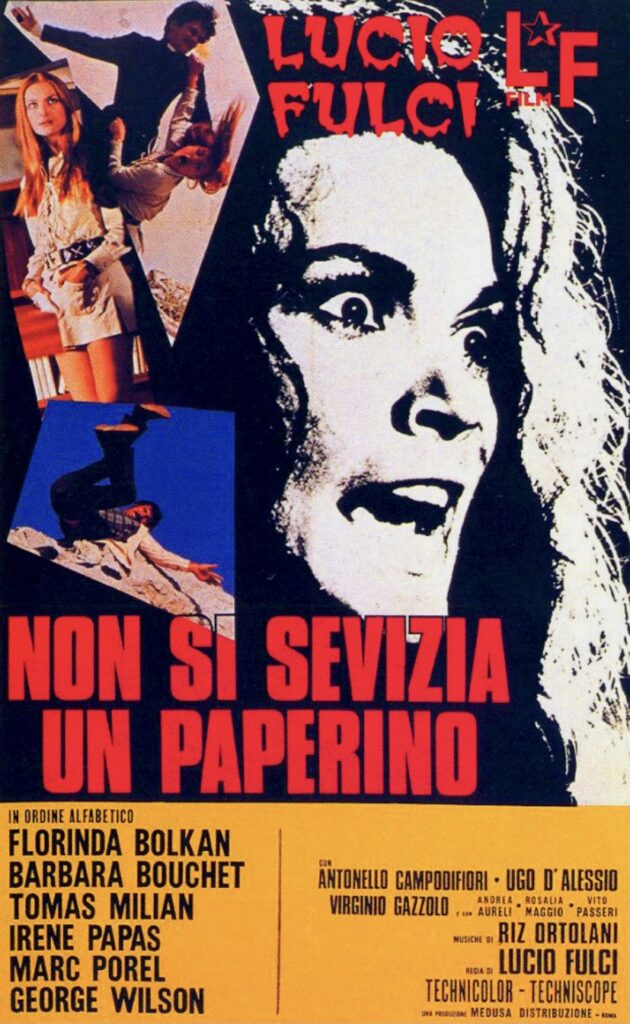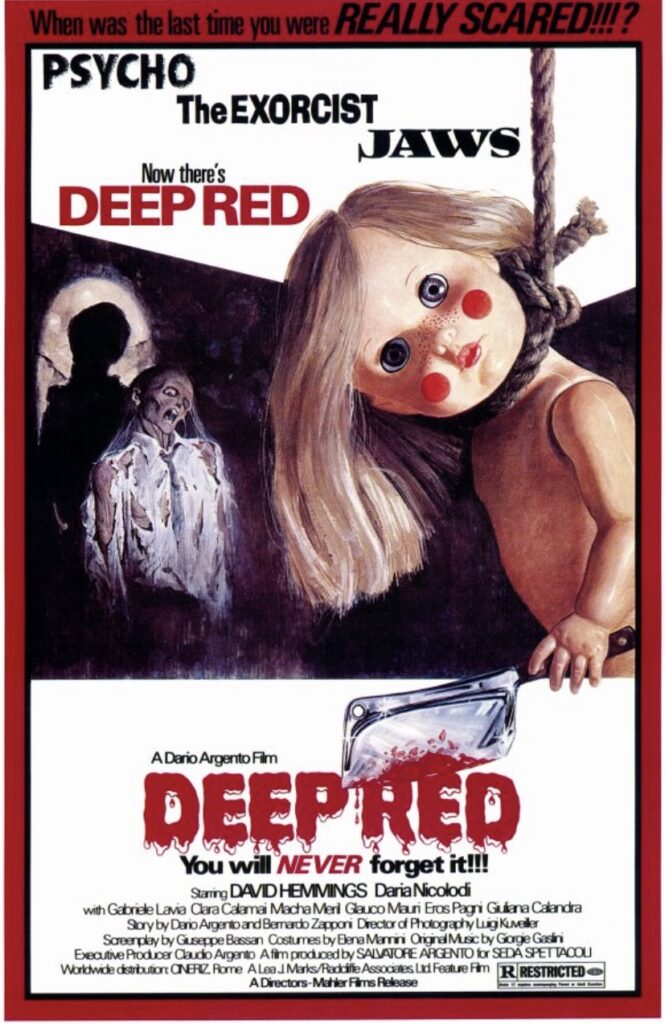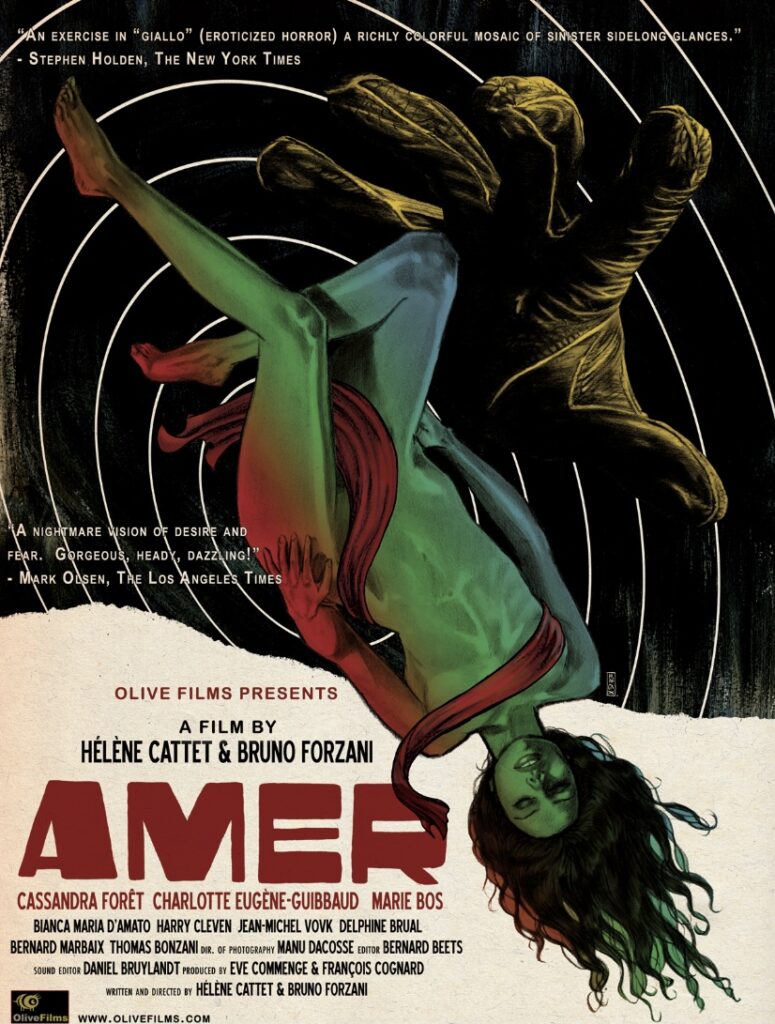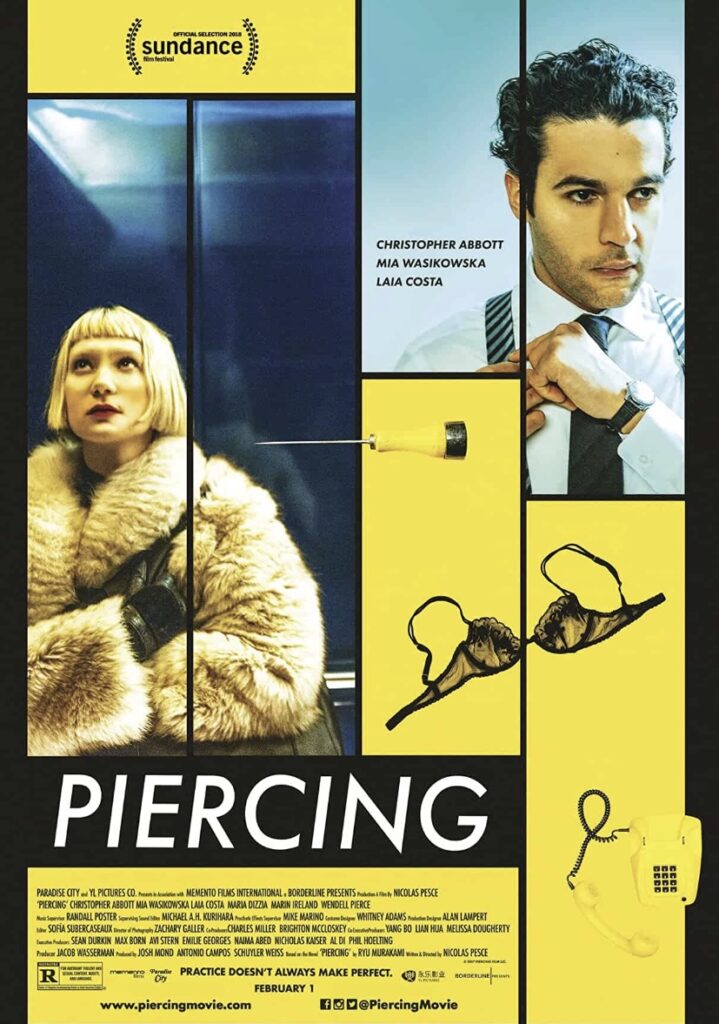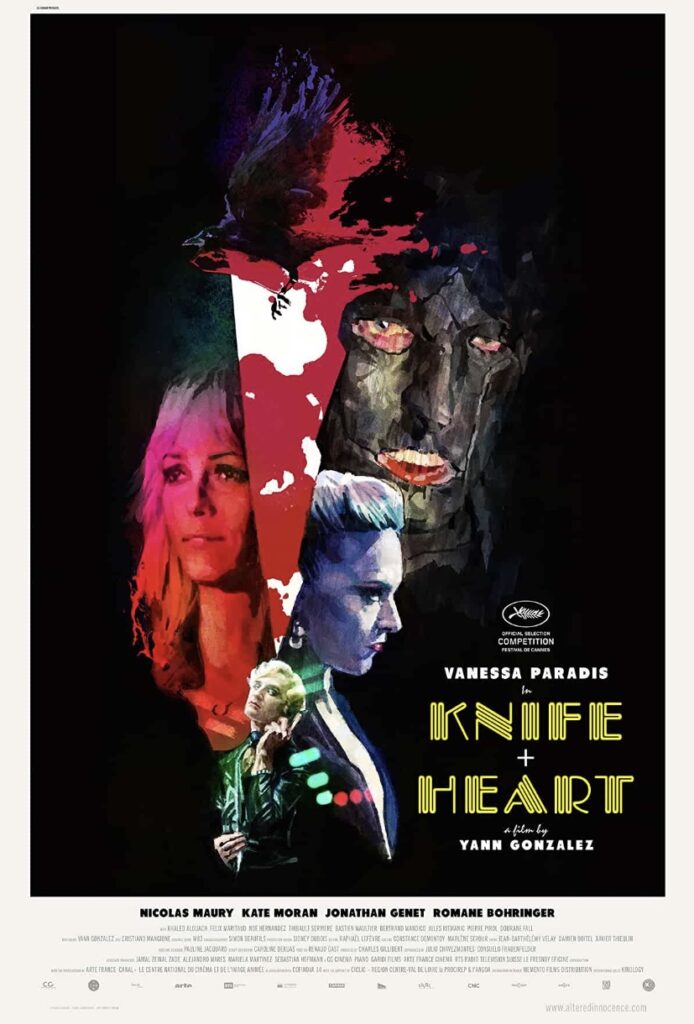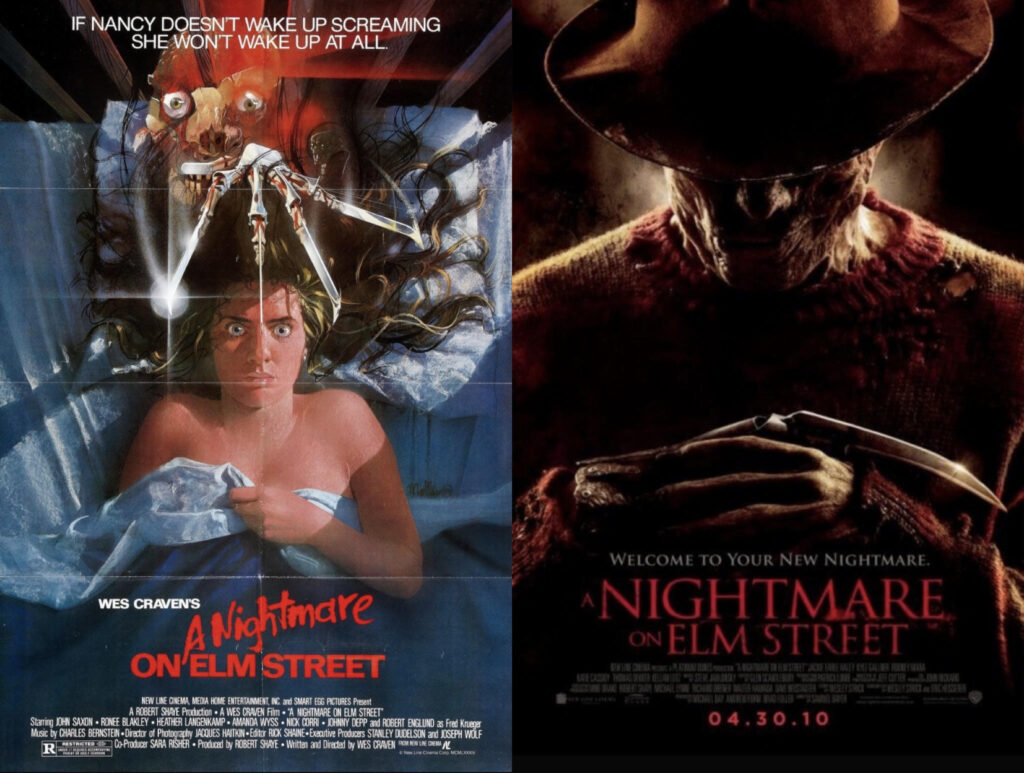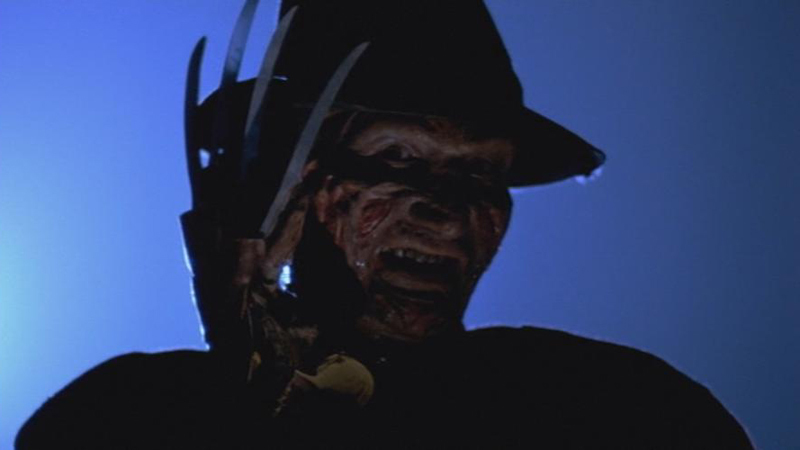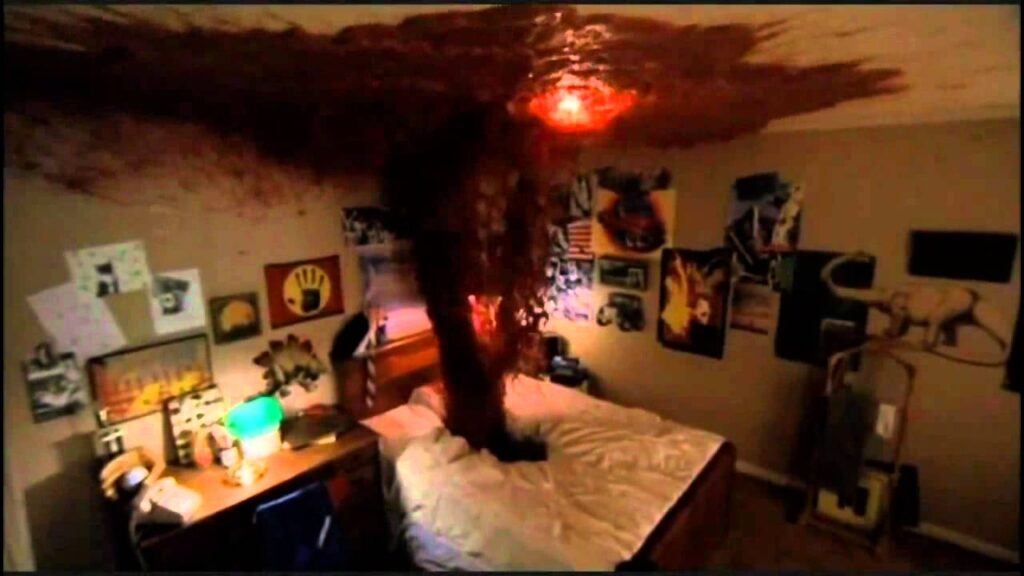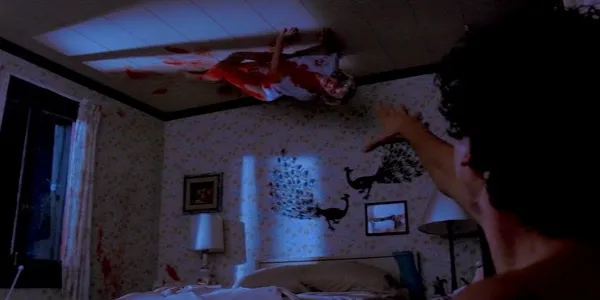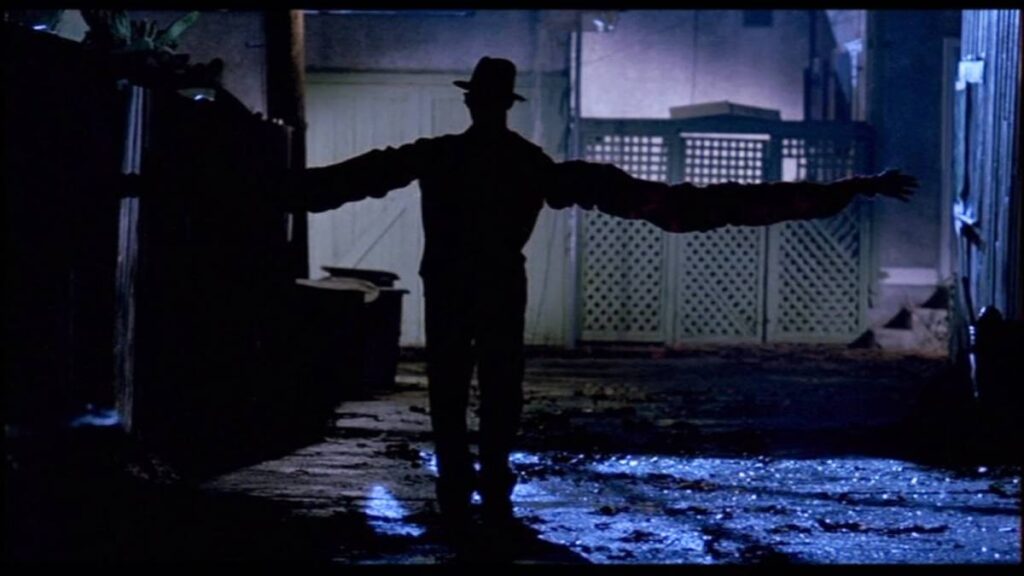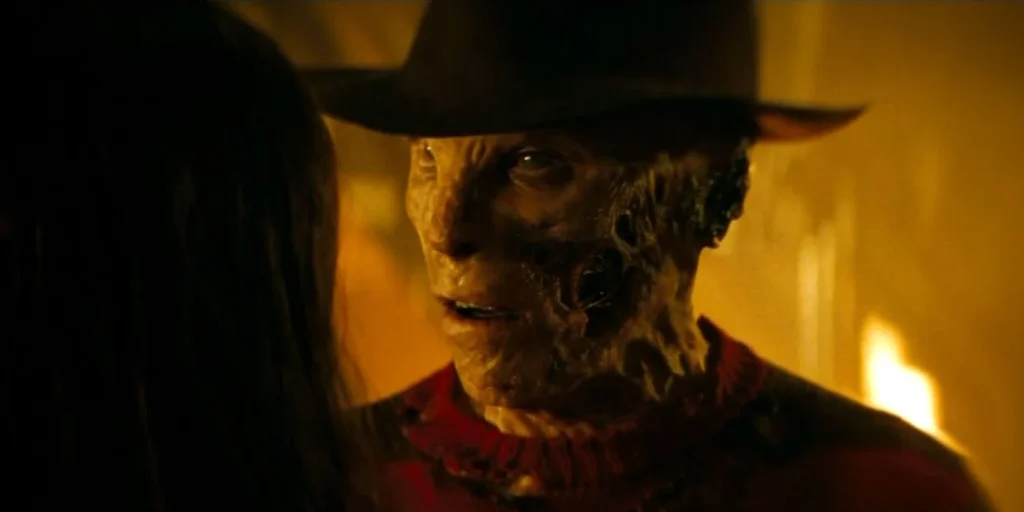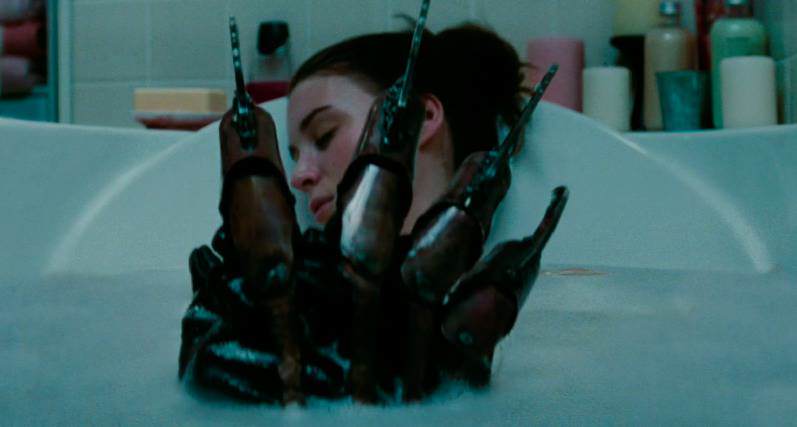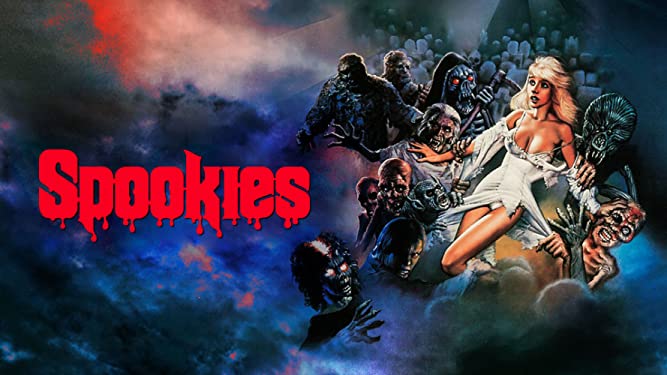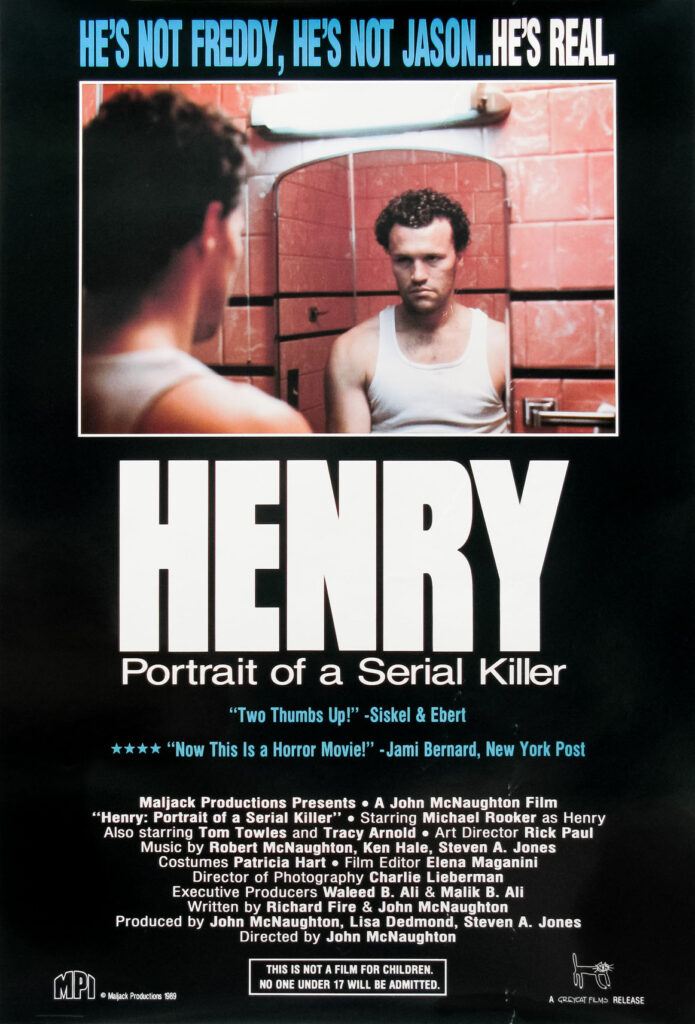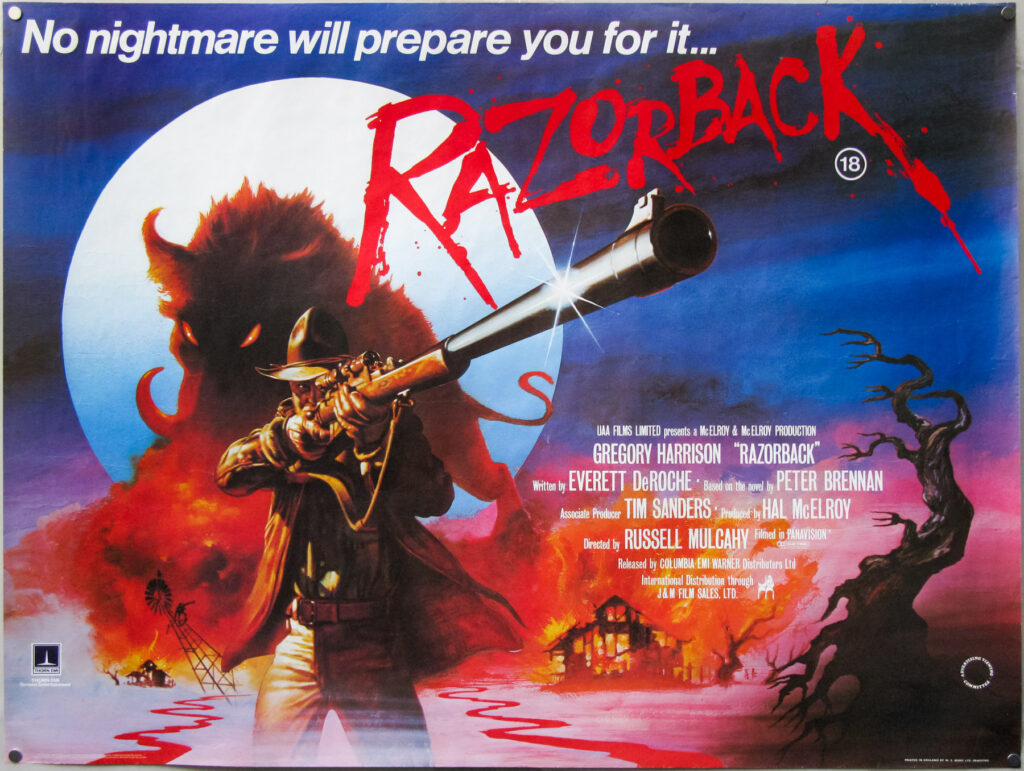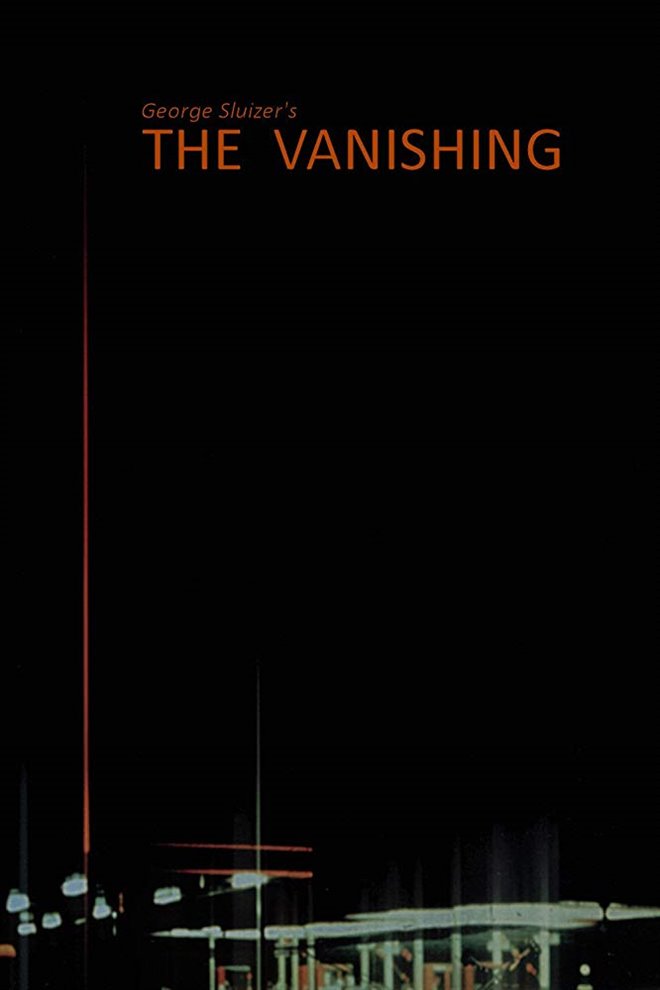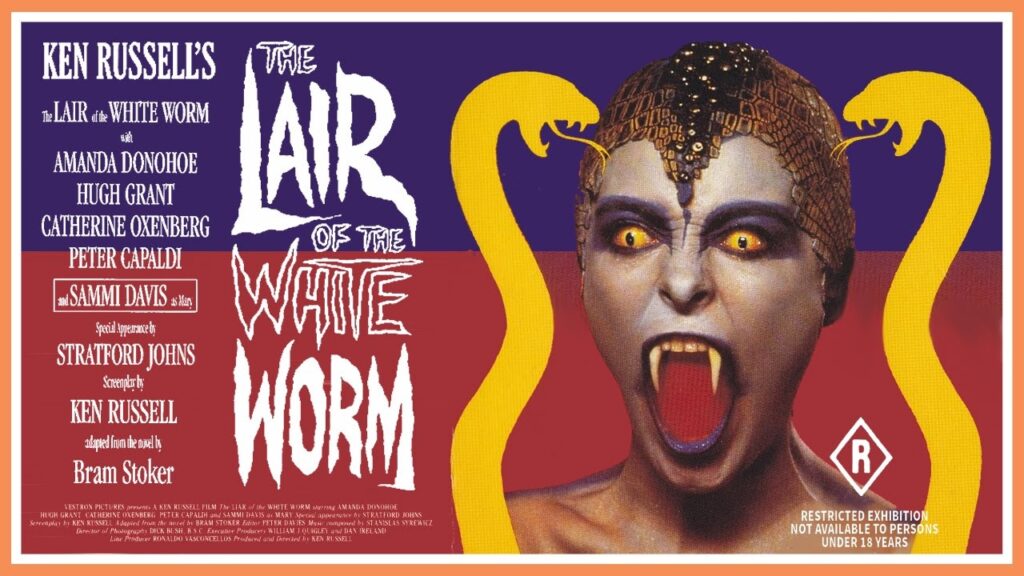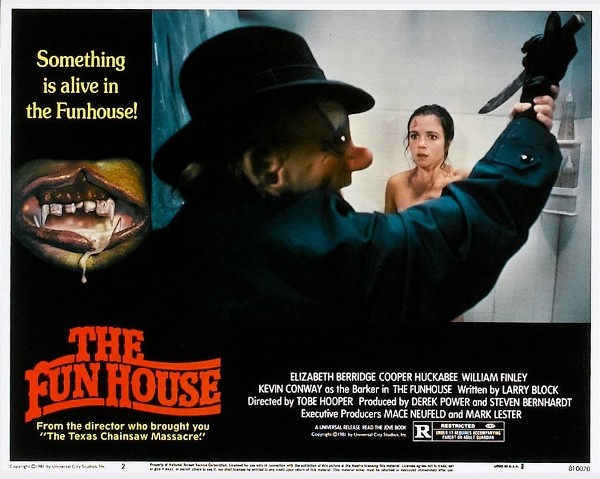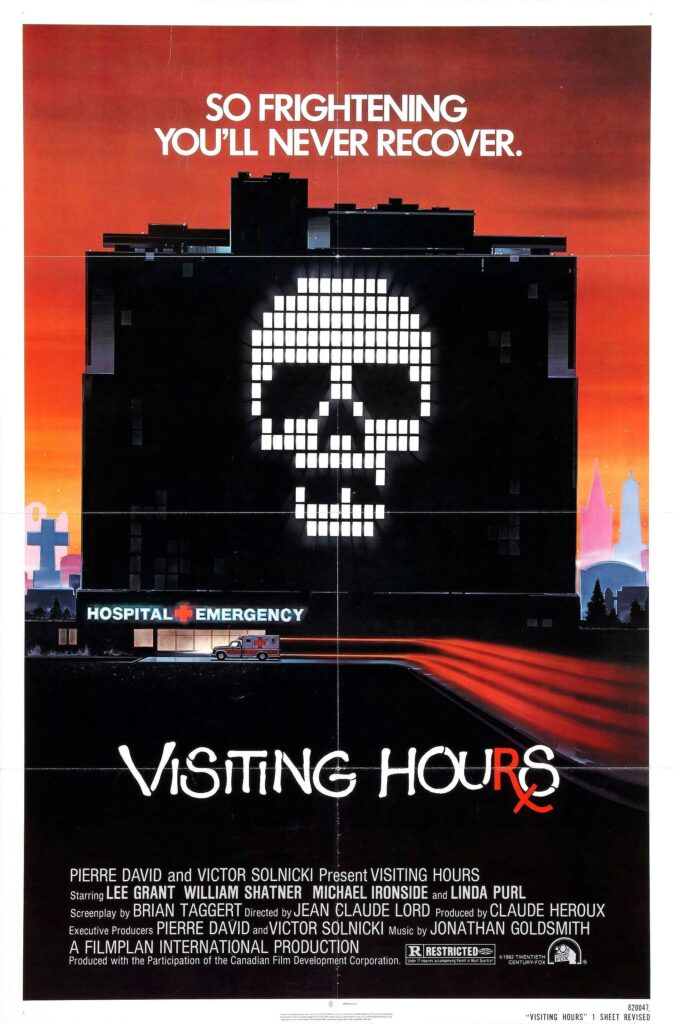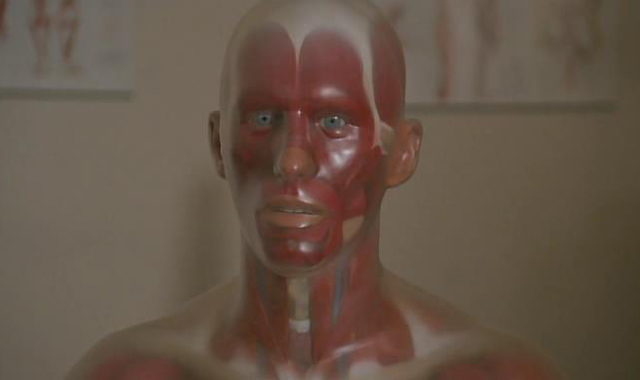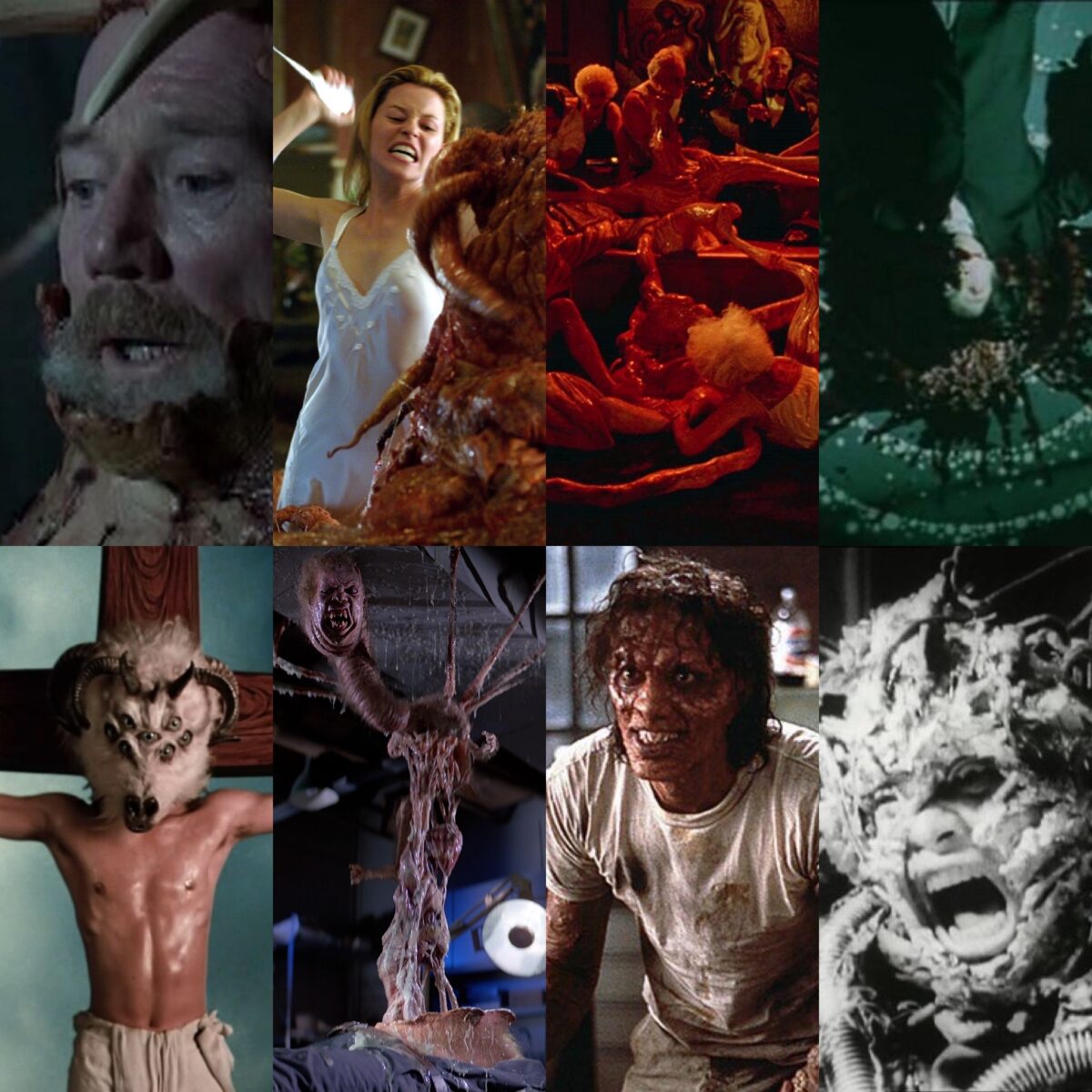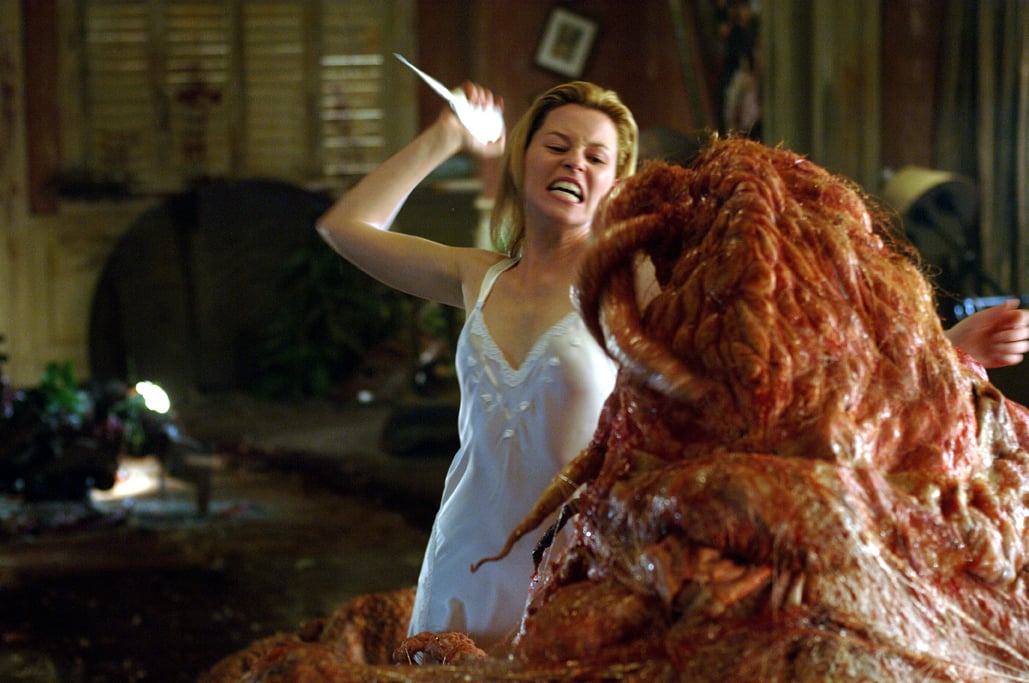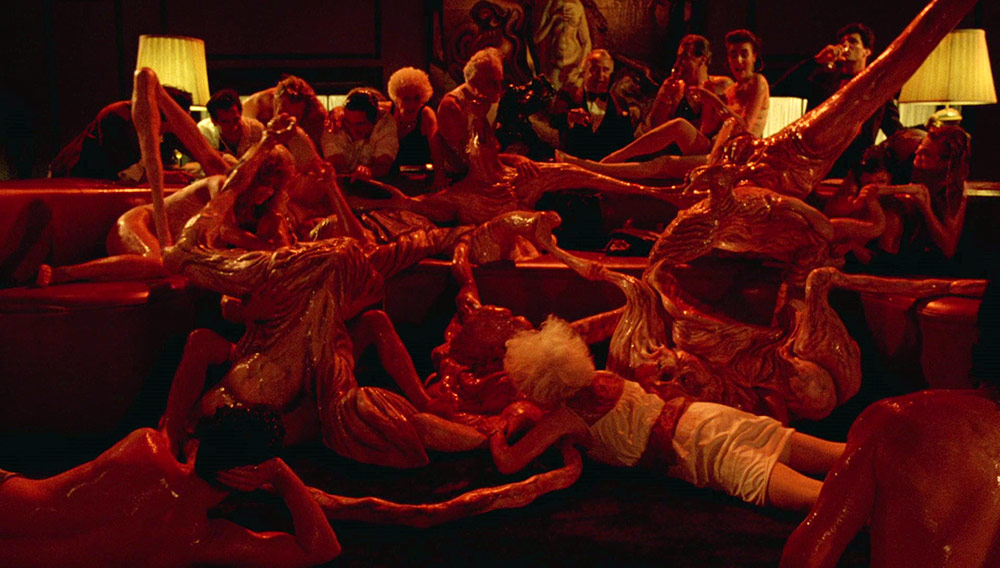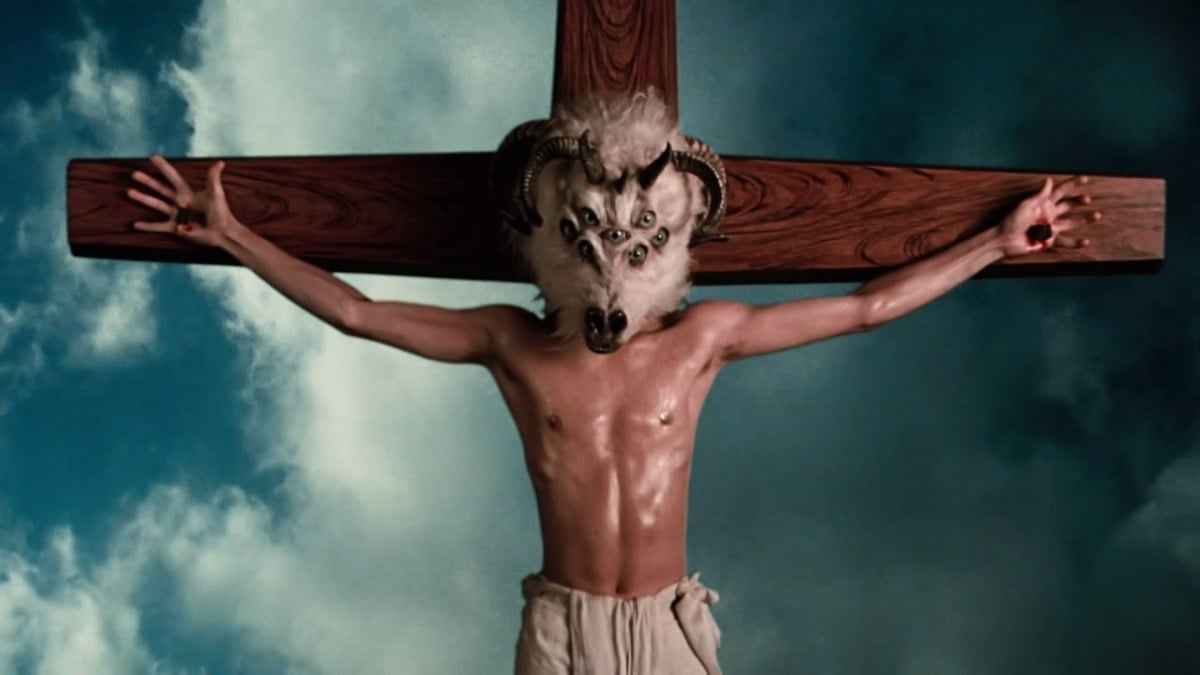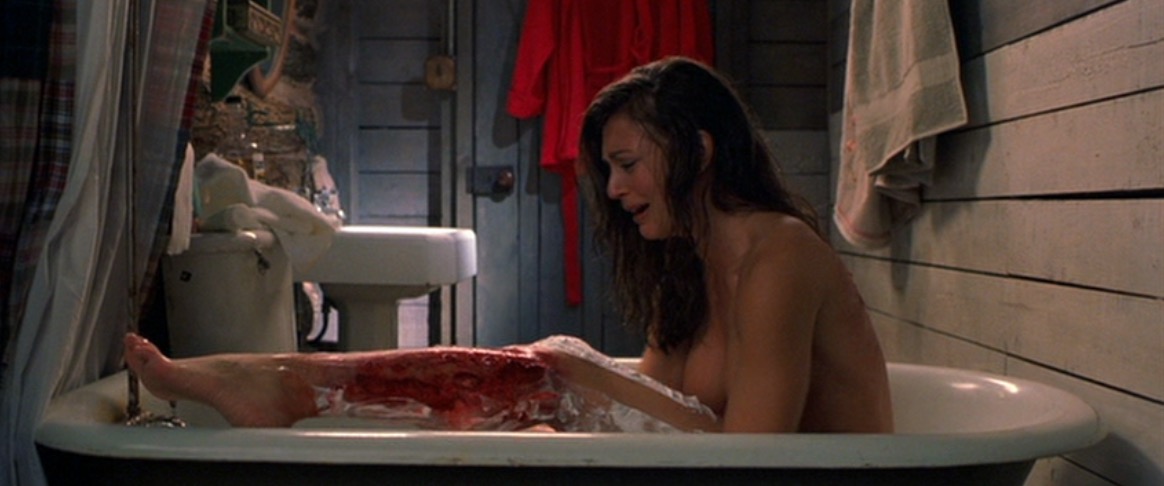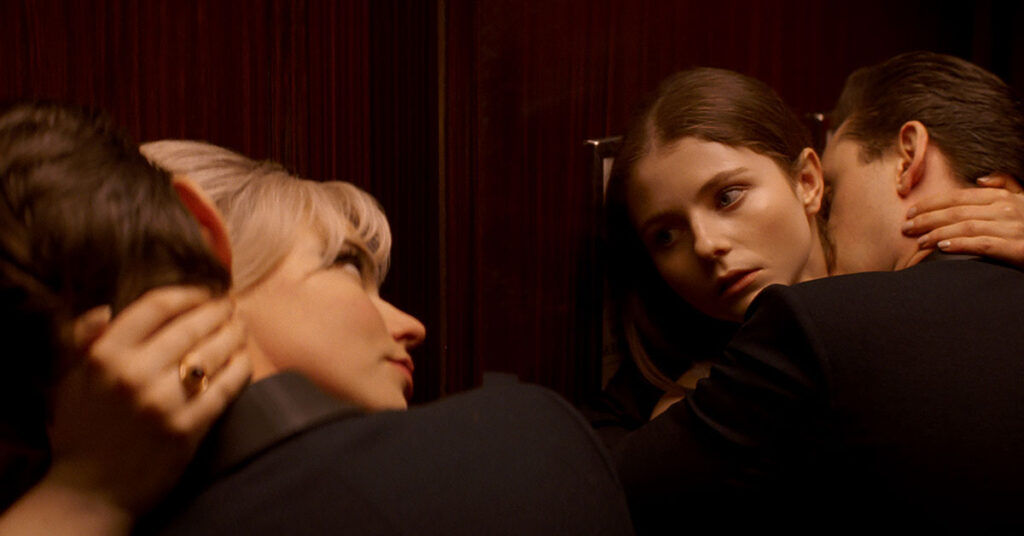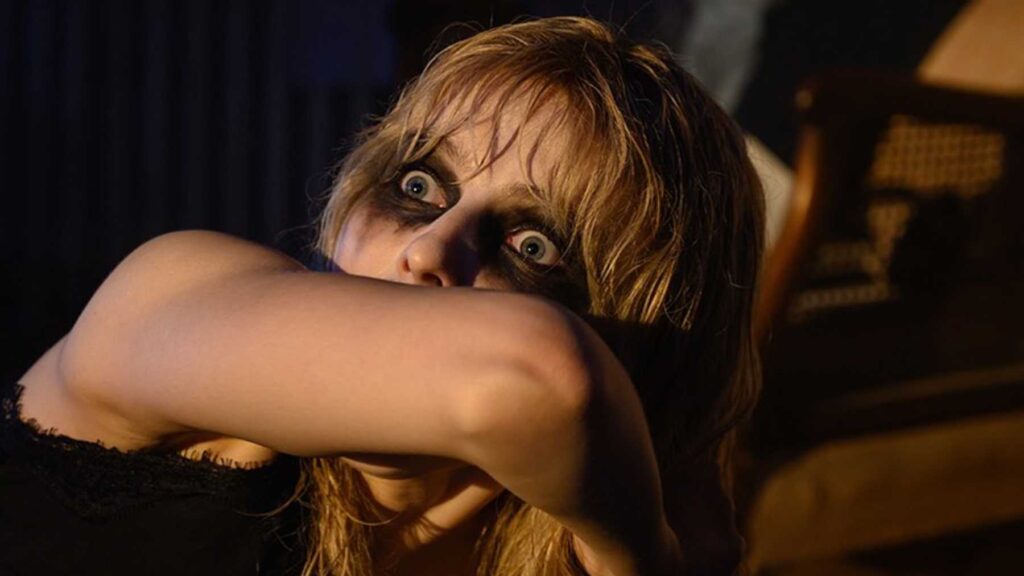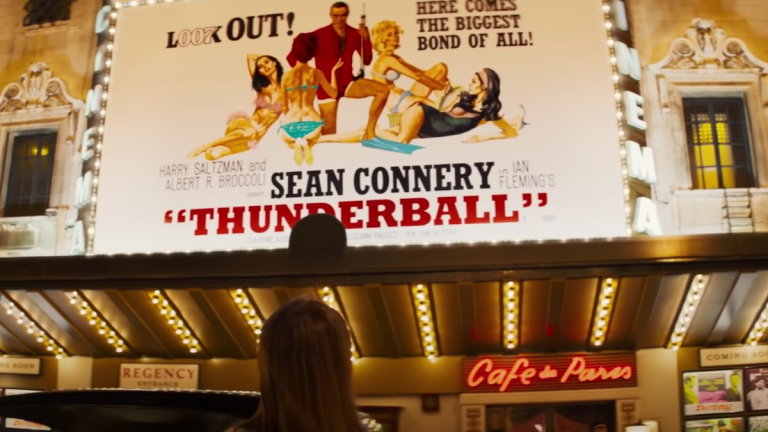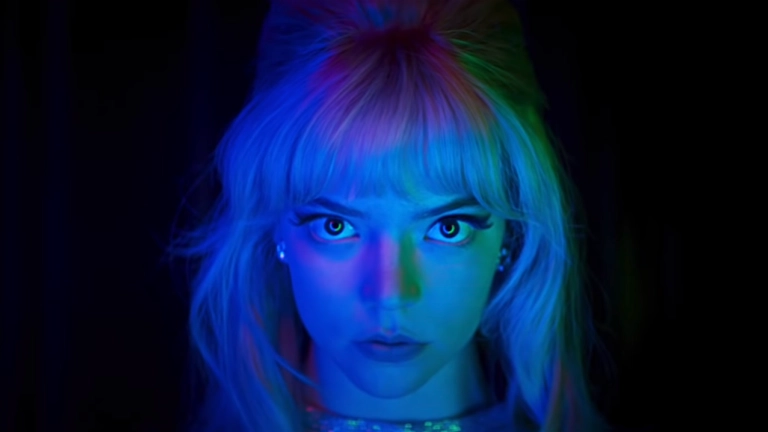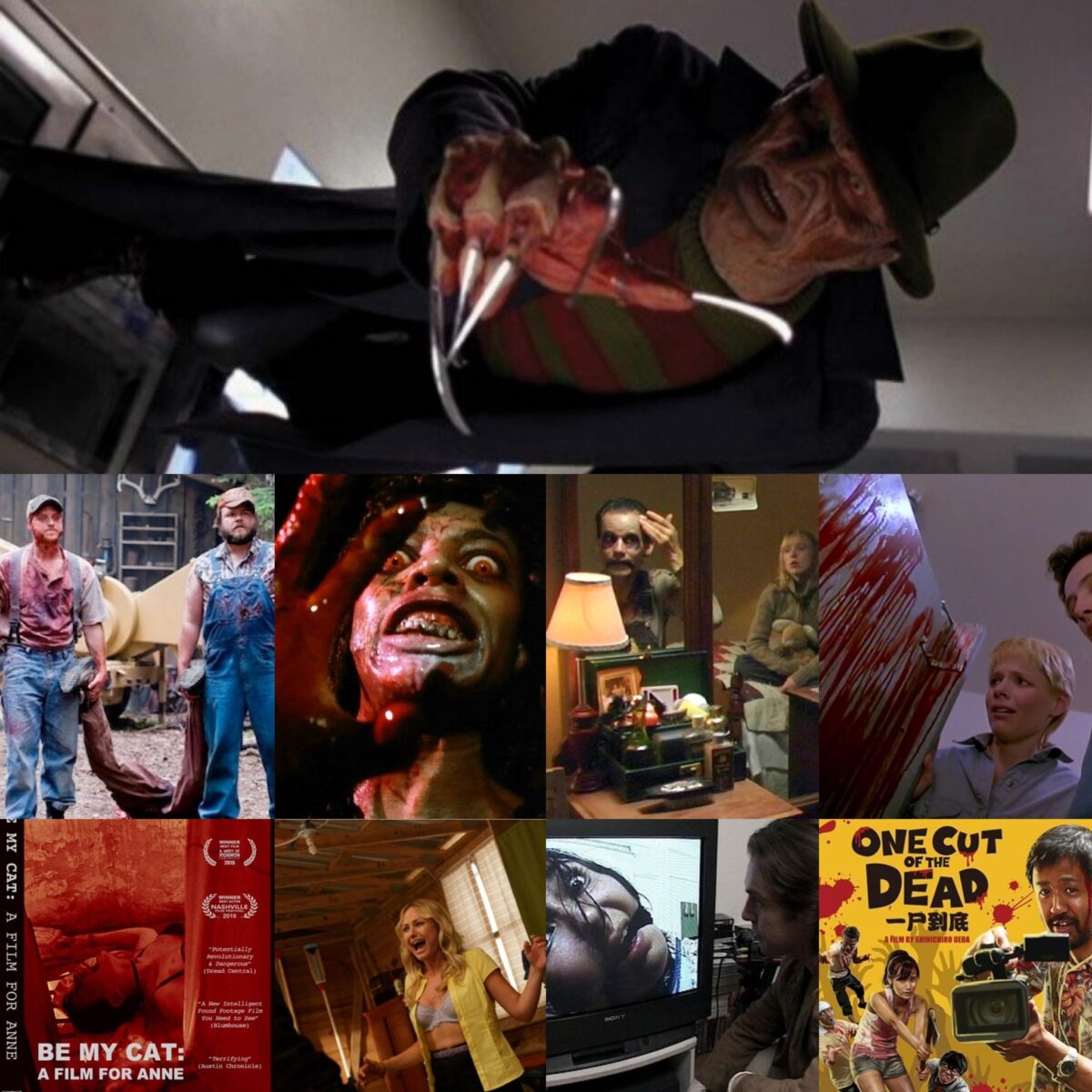
Meta-horror has an innate way of merging laughs and terror to create a tense story that questions itself and the viewer. Although the origins of meta cinema is hard to pinpoint, it can be agreed that Wes Craven’s Scream (1996) helped catapult this underrated movement.
To celebrate the release of the Scream Franchise’s fifth installment coming out, Dead Northern has compiled a list of top ten must-see meta-horrors.
1- One Cut of the Dead (Directed by Shin’ichirō Ueda, 2017)

One Cut of the Dead follows a team of actors and filmmakers who must shoot a zombie film for a live television slot within one take.
This low budget Japanese flick began its journey into the horror hall of fame when it premiered in a small art house cinema. Although the reaction was positive, no one expected the film to have grossed over $31.2 million within only a year after its release, thanks to One Cut of the Dead winning the audience vote at the Udine Far East Film Festival in 2018. Considering that the film’s headlining act is zombies, the oozing blood and guts is not what gives it the winning charm that soared its reputation. Instead, it’s the unique structure that many films are not brave enough to explore. After the first act, the ravaging zombie attacks diffuse and a separate plot forms, almost like a prequel prior to the main narrative. From a glance, the smorgasbord of rotating filming methods and self-reflexive formulas seem chaotic, and that is very much true. It can be assured that One Cut of the Dead is not a restful watch, but that chaos and sporadic nature is what allows the film to be so full throttle the entire time.
2- Tucker & Dale vs. Evil (Directed by Eli Craig, 2010)

Best friends Tucker (Alan Tudyk) and Dale (Tyler Labine) take a trip to their cabin deep in the mountains. Their holiday soon takes a drastic turn for the worst when a group of vacationing college students believe them to be manic killers.
Tucker & Dale vs. Evil truly meets the definition of ‘expect the unexpected’ as director Eli Craig runs circles around the viewer throughout the film’s entirety. When an individual goes into a horror movie, whether they are an avid watcher or not, you bring in previous movie knowledge and experiences to know what the warning signs of danger are, and what characters are up to no good. The minute we see a group of young randy college students head into an isolated cabin in the woods it’s a given that they will soon be dropping like flies at the hands of some chainsaw-wielding maniac. I Spit on Your Grave (1978), The Evil Dead (1981), Cabin Fever (2002), and Wrong Turn (2003) all instill this sense of Urbanoia -a term coined by film professor Carol Clover-, meaning a general sense of fear over the inhabitants of backwoods America. The film understands the genre’s cliches and overdone tropes, particularly those found within Urbanoia cinema, including ‘close’ familial ties, parodied southern drawls, lack of hygiene and presentation, and above all sexual deviances. Rather than rip off every woodsy horror there is, Tucker & Dale vs. Evil introduces a pair of harmless West Virginia natives who from the outskirts wear dungarees, and have thick accents, but they are entirely civilized (more so than the college characters). Along the way, the tables are turned and the stereotypes are ripped apart to create a standout tongue-in-cheek extravaganza that is not to be missed.
3- Funny Games (Directed by Michael Haneke, 1997)
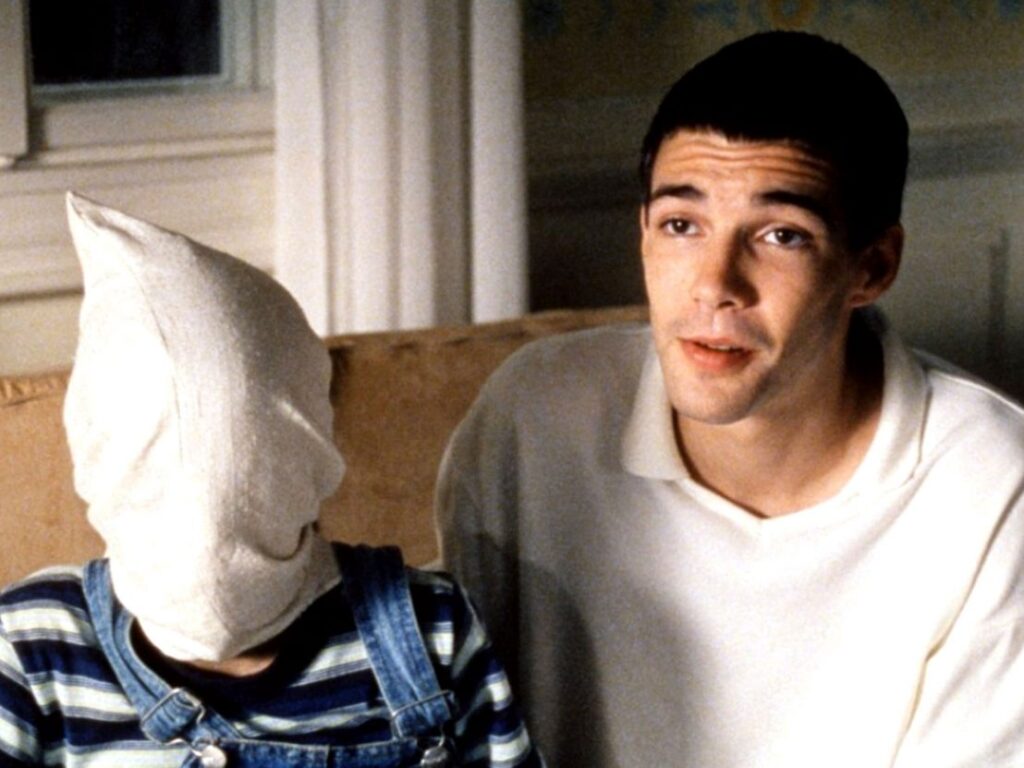
A family is held hostage by Peter (Frank Giering) and Paul (Arno Frisch), a pair of troubling killers who force their victims to play sinister games.
Funny Games will crawl under your skin at such a slow pace that you won’t even recognise how disturbed you are until after the film reaches its chilling end. Michael Haneke is a celebrated auteur for a reason. His extensive filmography explores the darkest level of the human psyche by breaking cinematic barriers and using film to directly speak to the viewer. Funny Games grandly flaunts a story rife with digs over the depiction of violence within mainstream media as a means of entertainment, tainting enjoyment with austere threat. Don’t be fooled, Haneke is not an ally with moral crusaders such as Mary Whitehouse (video nasty campaigner), in fact, his other work such as Benny’s Video (1992) and Hidden (2005) uses violence as a tool. Alternatively, Funny Games was made as a commentary on how senseless violence with no real purpose has become all too familiar to audiences. Paul breaks the fourth wall more than a couple of times to ask the audience what they want to happen next, asking us to bet on which group will survive. Whilst Peter continuously makes nods to the rules of cinema and what steps they are on within the narrative.
4- Demons (Directed by Lamberto Bava, 1985)

A crowd of random people are mysteriously invited to a screening of an unknown movie, only to become imprisoned within the cinema with hungry demons.
Demons appears on nearly every ‘must see’ classic horror list for a reason. The film satirises the main issue facing horror since its very beginning, particularly the troubles that were heightened in the 1980s. Decades ago horror was under threat from the media, not only were many films banned across the world but filmmakers and video store owners were being prosecuted for selling such ‘filth’ as the media would come to call it. The video nasty panic soared, concocting an intrigue amongst the curious thanks to its taboo nature. Demons capitalises on this allure, and it’s not very discreet in its manner either. The notion of a cursed theatre coming to life, corrupting random viewers for literally no reason is almost laughable in retrospect, but unfortunately very necessary. The fictional film presented within Demons is overtly graphic and violent, then all of a sudden the bystanders turn into monsters, killing anyone who they can latch their claws onto. Joining the copious reasons as to why Demons is considered a classic is the outrageously gruesome practical effects. Gory oozy pus, pulsating veins, extending fangs, green drool, and zombie red eyes are just some of the repulsive effects that are enough to make a horror veteran squirm.
5- Behind the Mask: The Rise of Leslie Vernon (Directed by Scott Glosserman, 2006)

Leslie Vernon (Nathan Baesel) is a future serial killer who enlists the help of a documentary crew to follow him as he prepares for a night of slashing.
Behind the Mask: The Rise of Leslie Vernon takes the form of a mockumentary aiming to deconstruct everyone’s favourite slashers through creating its own villain-based folklore. Wes Craven masterfully dissected the slasher subgenre in Scream (1996) with endless references to Halloween (1978), Friday the 13th (1980), Prom Night (1980), and The Town That Dreaded Sundown (1976). Since then many films have attempted to recreate the magic and nostalgic warmth that Craven managed to capture, but these tries have just come across as a carbon copy of recycled jokes, that is until Scott Glosserman created this epic descent into fictionalised monster-mayhem. Throughout the film we are treated to plenty of chucklesome moments, particularly Leslie’s exclaims over his fitness regime to keep up with his victims and his upkeep in theatre performance to create a suitable atmosphere. Amongst all the quips about the genre are the quick nods that certainly don’t go unnoticed, including the cameos from Robert Englund and Kane Hodder.
6- Return to Horror High (Directed by Bill Froehlich, 1987)
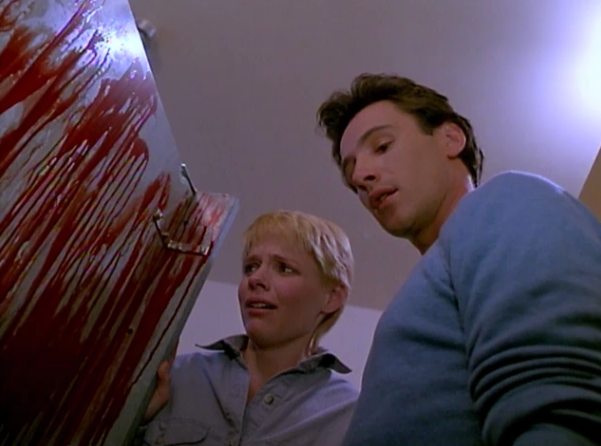
Director Josh Forbes (Scott Jacoby) is making a horror movie based on a series of murders at a high school where the killer was never found. Years have passed and there has been no signs of the murderer, that is until crew members begin to suddenly disappear.
Within the current climate, the common gripe with the genre surrounds the stream of remakes flooding the market. Many audience members reminisce about the good old days of horror. In the past (the good old days that people rave about) the general complaints regarded the abundance of slasher films which had been done time and time again. There is always going to be something to rant about, and Bill Froehlich noticed this. Return to Horror High bravely ignored the concerns over creating another slasher though reinventing the subgenres realm of expectations. Froehlich focused on the ‘film-within-a-film’ plot and a whole new territory was stirred. No character is safe and not a single scene could be trusted as we can’t tell whether the events were part of the in-house movie or the actual plot. Furthering the self-deprecating humour is the back and forth between the characters of Josh and sleazy producer Harry Sleerek (Alex Rocco). Josh wishes to create a meaningful piece of art that explores allegorical terrain, whereas Harry wants Josh to up the nudity and gore to increase sales; taking aim at the harsh reality of filmmaking.
7- Be My Cat: A Film for Anne (Directed by Adrian Țofei, 2015)

Adrian (Țofei) is an aspiring filmmaker with a very strong obsession with actress Anne Hathaway. In hopes of getting her to star in his upcoming project, he goes to extreme lengths to create a deadly demo.
Be My Cat: A Film for Anne is a Romanian found footage film that gets downright nasty in its harrowing portrayal of obsession, toxicity, and megalomania. Found footage films originate from movements such as Cinéma vérité and Mondo cinéma, assembling an end result that leans on the side of reality to conjure an intimate vibe. To say that this film blurs the lines between fiction and reality is one bold statement as Be My Cat goes above and beyond any found footage film’s attempt at transfusing the two. Țofei will genuinely have the viewer questioning whether this is a real snuff film coming from the dark depths of the web. The extremity is not the concern, in fact, it does not overindulge in explicit imagery, in lieu the terrifying pathos is owed to the acting and staging from Țofei. His character shows signs of humanness through explaining his favouring of women and cats and hatred of men and dogs thanks to his experiences of bullying growing up, notedly there are some signs of empathy between relations. Adrian has an almost childlike element to his persona where he constantly refers to his actions as not his own and just his characters. Forcing the viewer to determine whether he is just a very sick and confused man or a complete psychopath.
8- The Final Girls (Directed by Todd Strauss-Schulson, 2015)
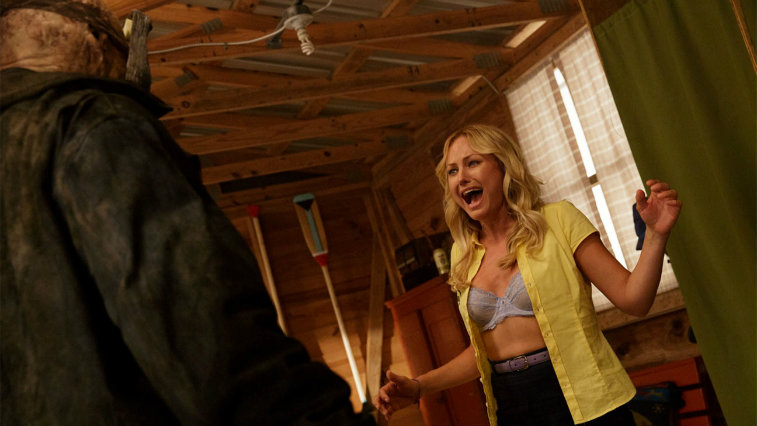
Max (Taissa Farmiga), a young woman reeling over the loss of her mother who was a famous scream queen is transported back to the 1980s into the world of her mother’s famous movie, Camp Bloodbath.
Drew Goddard’s Cabin in the Woods (2011) seemingly changed the game for meta horror with the parodic take on the genre radiating success. Joining this boom in modern horror exercising conscious narratives is The Final Girls which has seemingly slipped under the radar despite the film’s critical acclaim. The Final Girls realises the silliness at just redoing what great summer camp movies such as The Burning (1981) and Sleepaway Camp (1983) have already done. Rather than focus on replicating overdone chase scenes and machete battles with the camp’s resident killer, the film takes us in a new direction through commenting upon how ridiculous the writing was from genre classics. There was always the forceful jock, the stoner, the dumb (and over-sexualised) blonde, and most importantly the final girl. Strauss-Schulson knowingly avoids these gimmicks and refreshingly delivers something that genuinely hasn’t been done before.
9- The Last Horror Movie (Directed by Julian Richards, 2003)
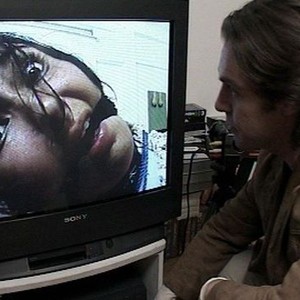
Wedding photographer by day and serial killer by night, Max Parry (Julian Richards) takes us with him as he documents his grizzly murders.
The Last Horror Movie’s chilling portrayal of a damaged and ruthless man is entirely owed to writer and director Julian Richards, and Kevin Howarth who plays the titular serial killer Max. The story at its roots is not completely original, that’s not to say that it’s not utterly captivating and unique, but films such as Man Bites Dog (1992) have gone there before. The true terror is found within the film’s execution, thriving within its storytelling methods.
Max gets his assistant to film the events, creating a level of flexibility. it’s almost as if we were a fly on the wall watching his dirty deeds go down. Max appears as a rather middle class man with his extensive monologues delving into why the viewer wants to watch a horror film in the first place, this one in particular. The Last Horror Movie’s tone is conversationalist, creating a natural note, which of course sounds pleasant. That is until we are directly questioned about why the viewer is technically a voyeur deep down, receiving gratification from incredibly brutal material.
10- Wes Craven’s New Nightmare (Directed by Wes Craven, 1994)

Ten years after A Nightmare on Elm Street made its debut the movie’s lead, Heather Langenkamp (played by herself) has her life turned upside down as Freddy Krueger (Robert Englund) has entered real life.
A meta-film list would not be complete without an entry from the one and only Wes Craven. The primary purpose of meta-horror is to bring cinema to life, to block the barrier that makes movies fictional. New Nightmare transfixes on tributing what makes horror so fascinating. At the end of the day, no matter whose side you take, horror films aim to scare and shock, in reality, why would anyone possibly want to feel purposefully alarmed? Craven acknowledges arguments made against the genre and mocks those who feel that the horror is exploitative. New Nightmare focuses on Freddy Kreuger leaving the on-screen universe to breach the railings of the real world.
In an expressive way, the film boxes up what Craven had advocated for years. It’s not horror that causes issues, alternatively, horror just releases what’s already there. Similarly, this exact same premise is explored in his next feature Scream. When Billy Loomis (Skeet Ulrich) reveals himself as Ghostface he states that “movies don’t create psychos, movies make psychos more creative”. At this current moment in time scrutiny is at an all-time high, making Wes Craven’s New Nightmare more crucial than ever.
Looking for more top horror lists and reviews? Check out our blog here..

